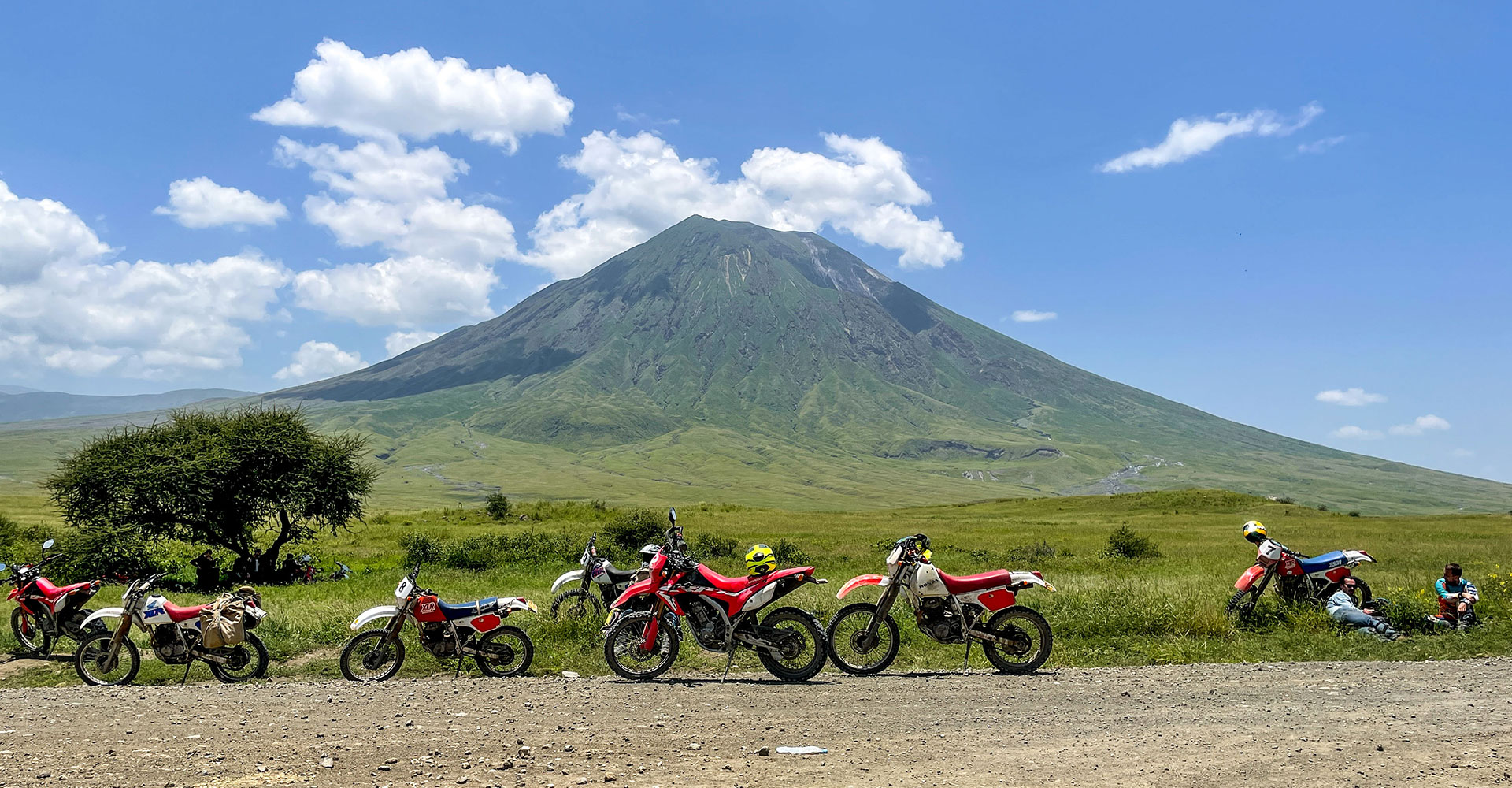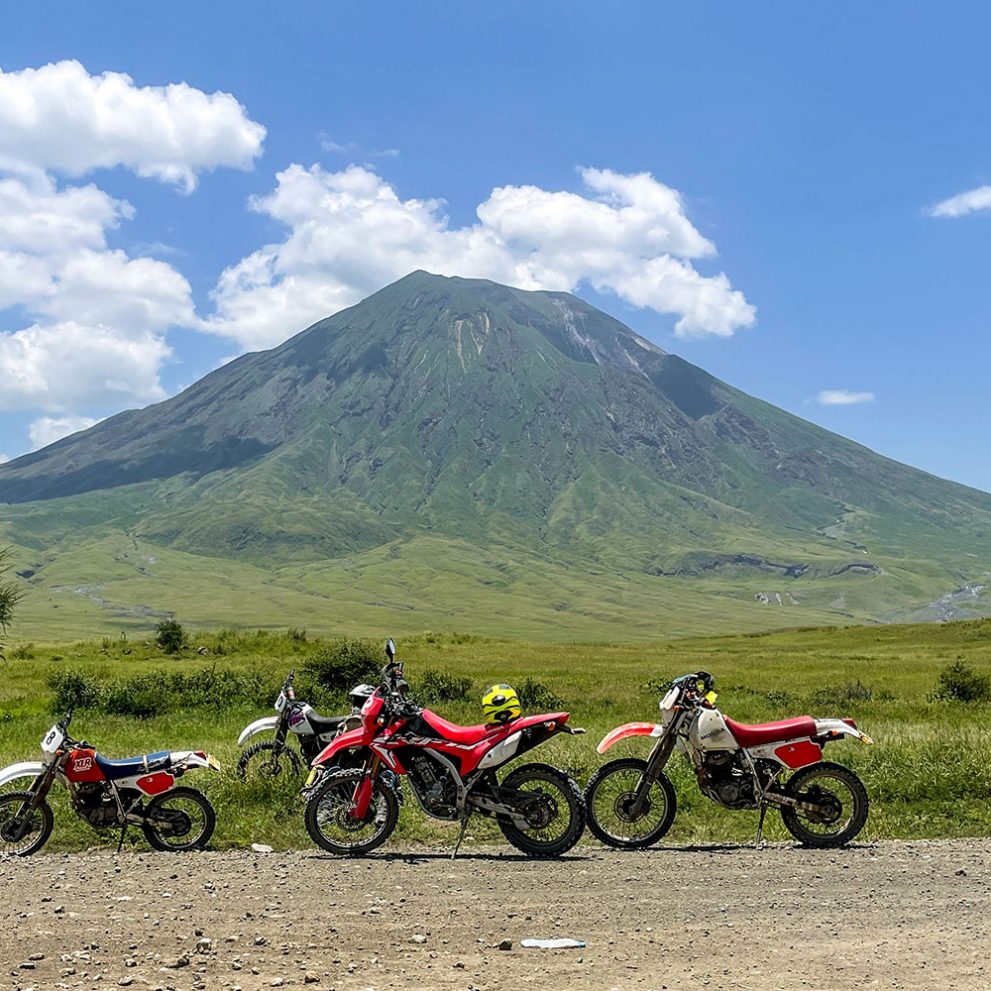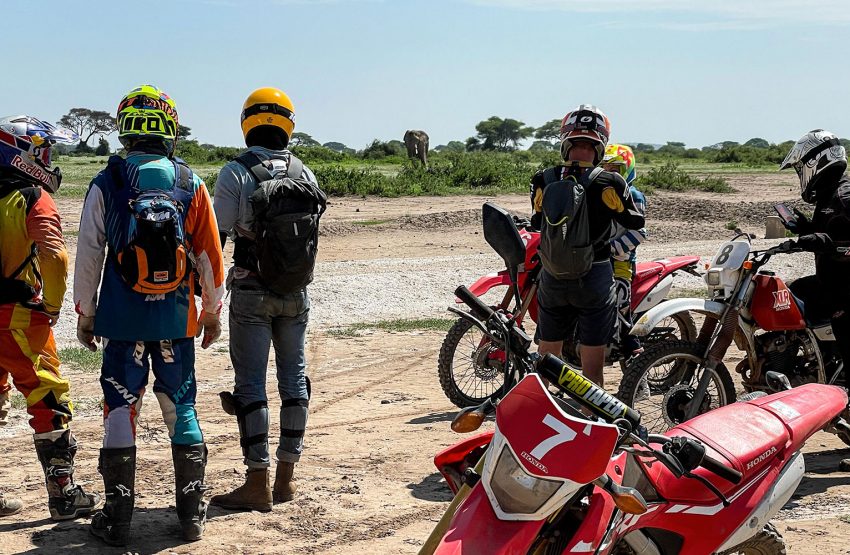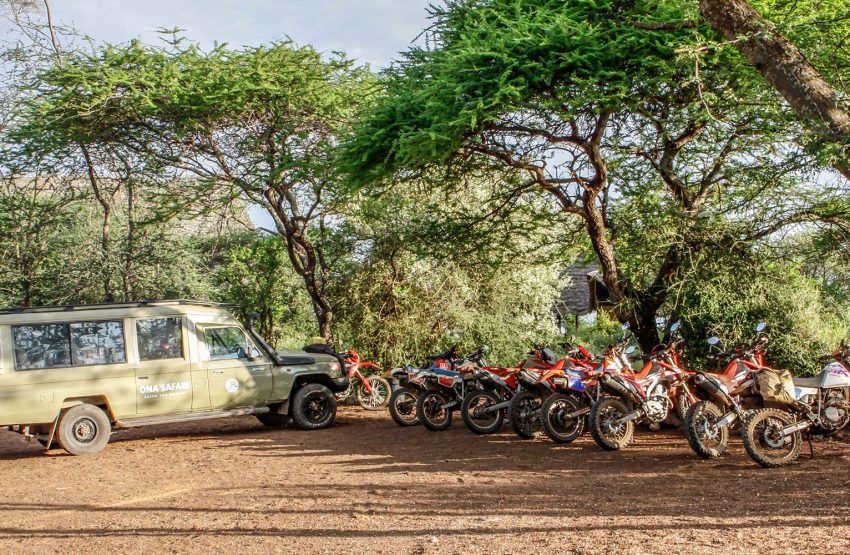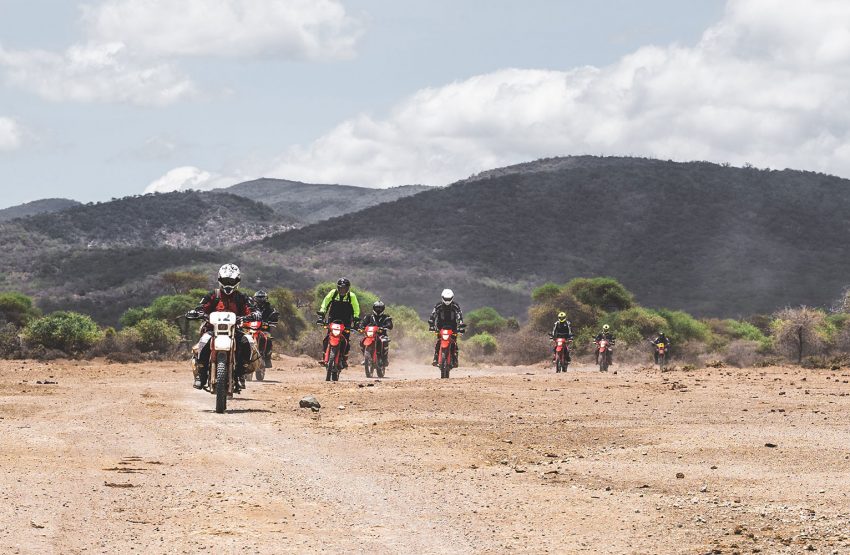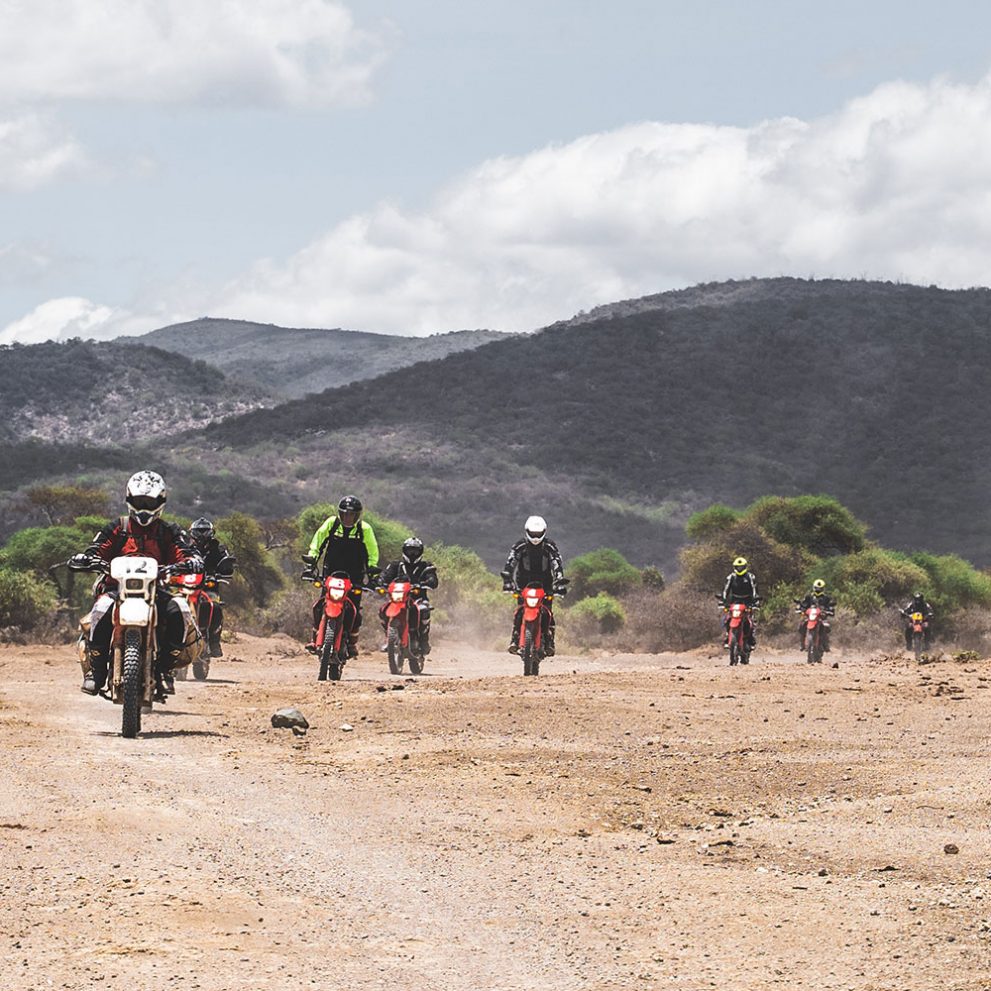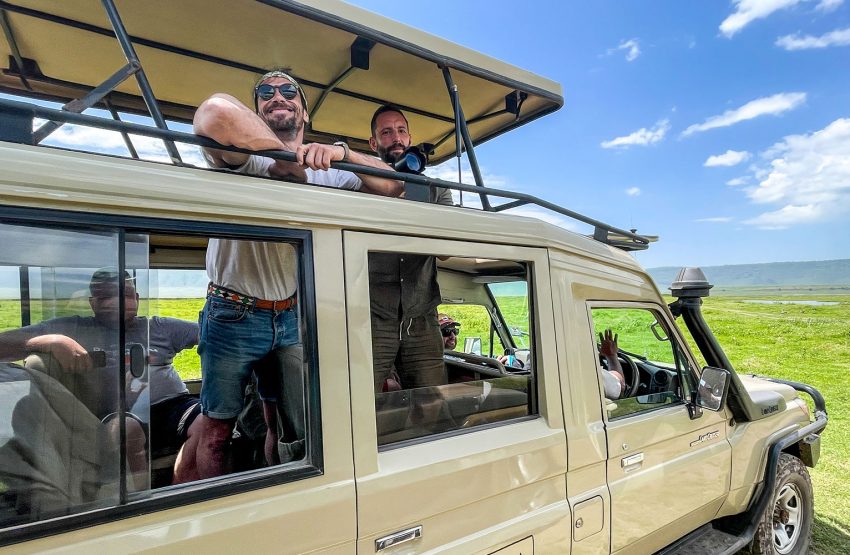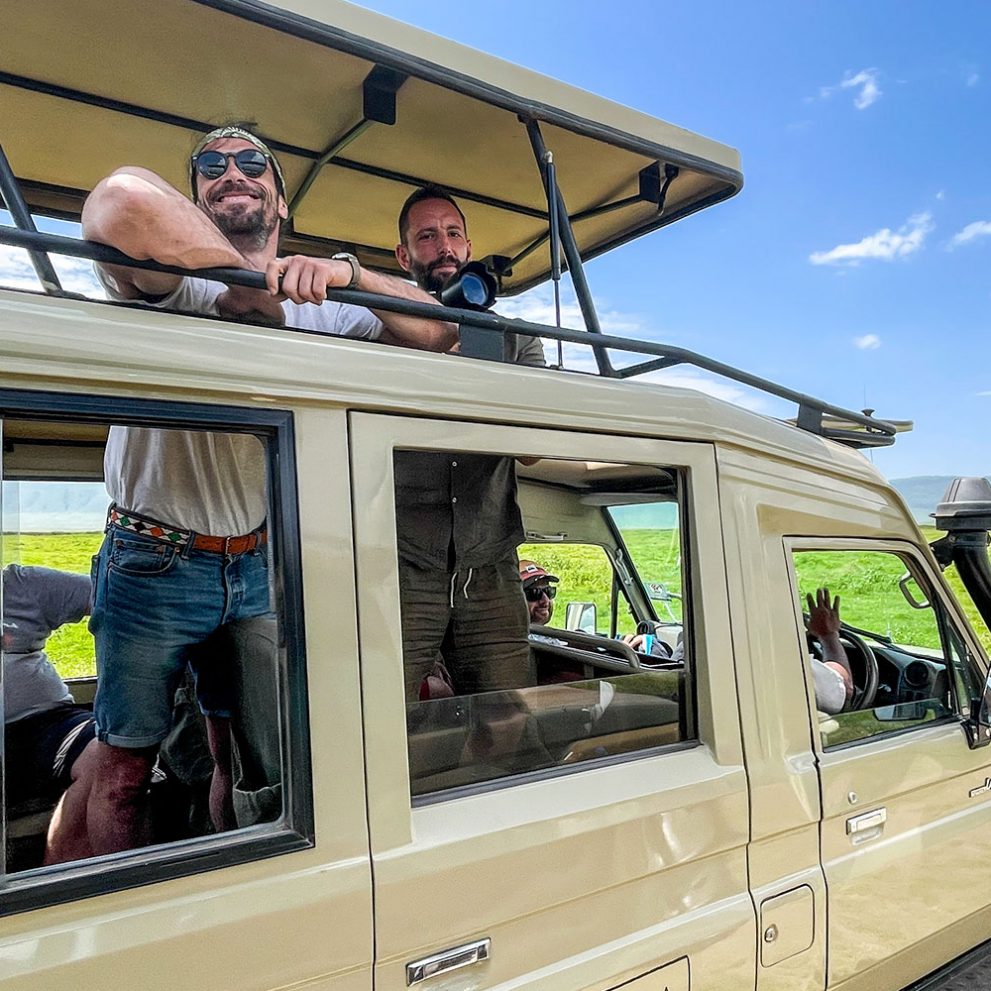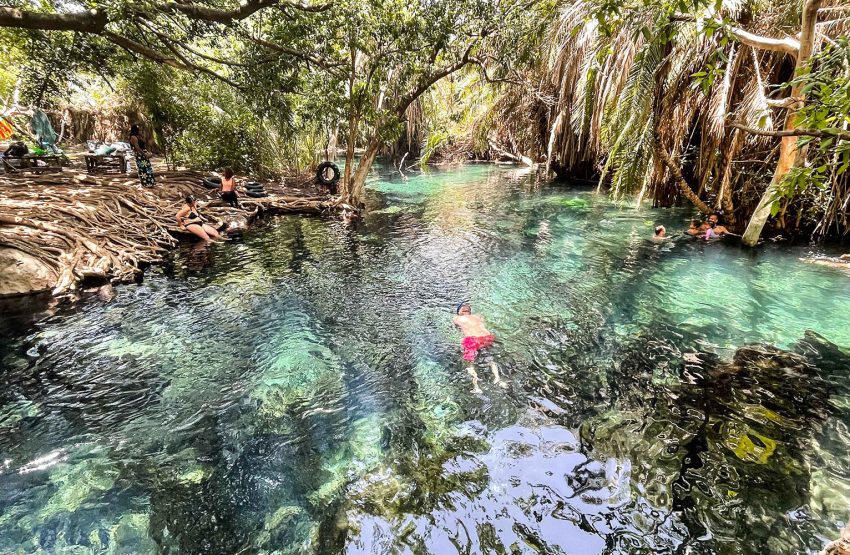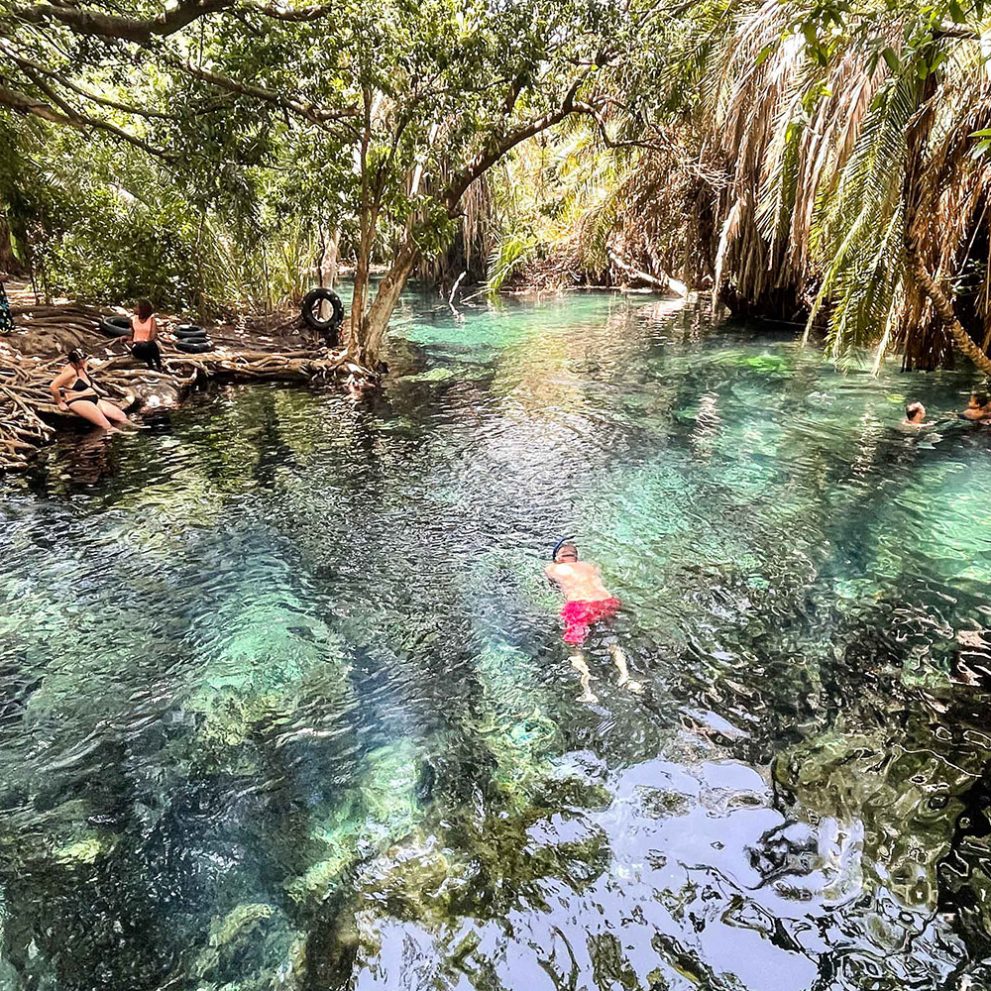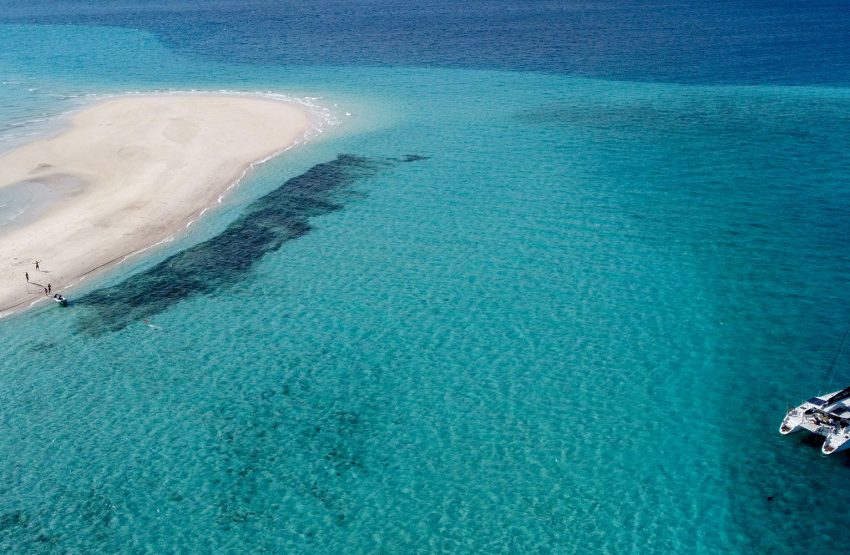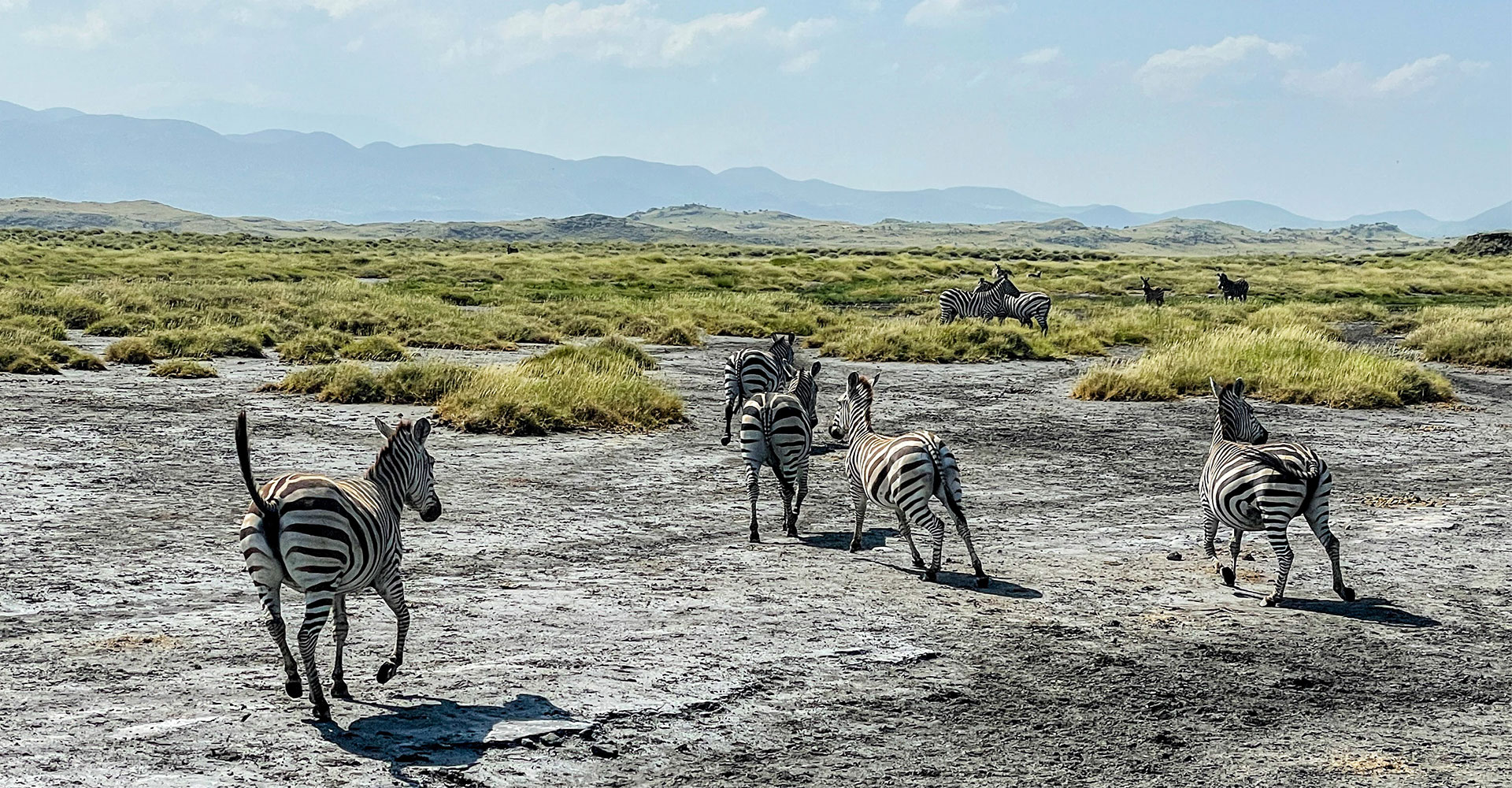
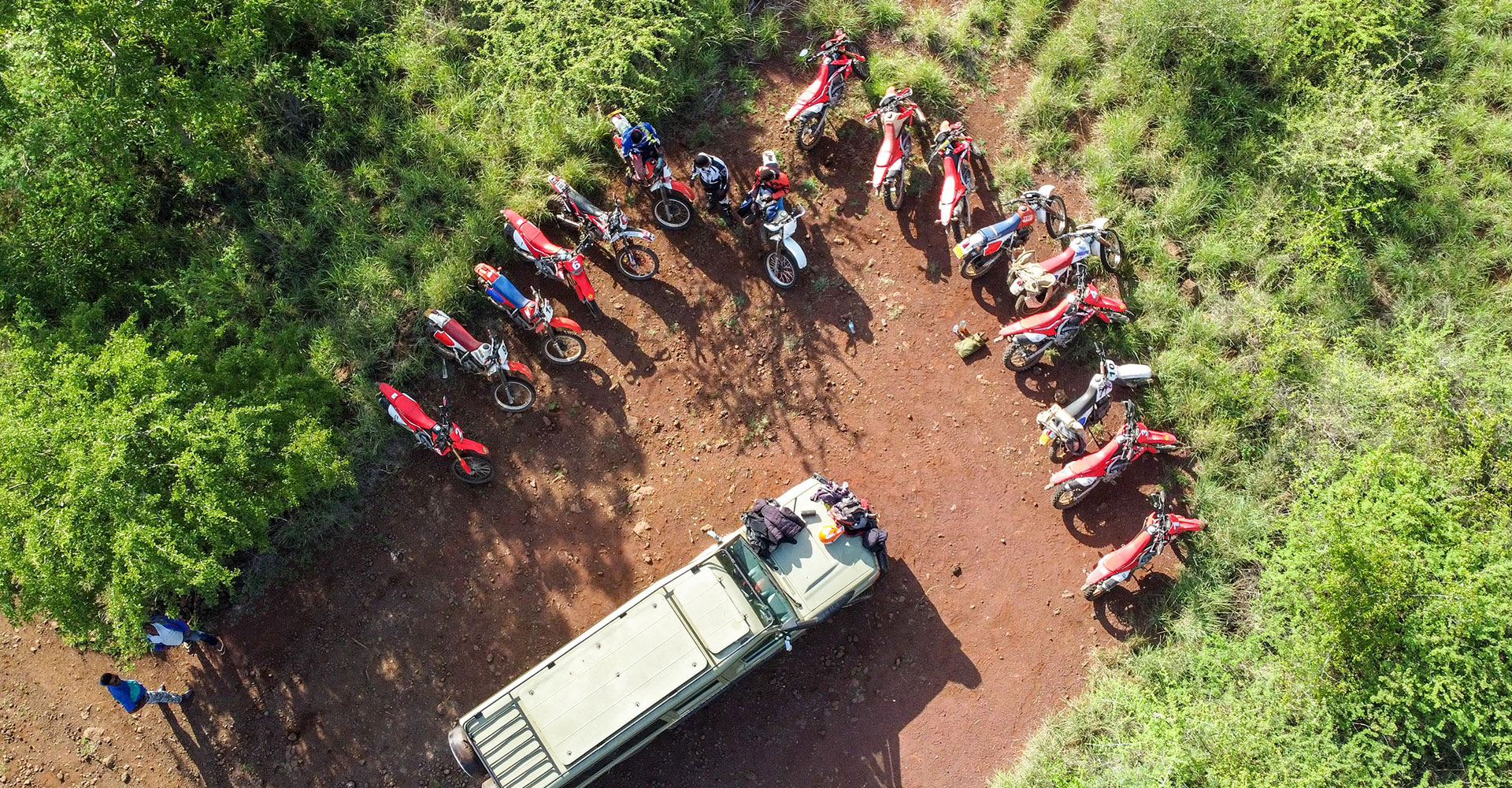
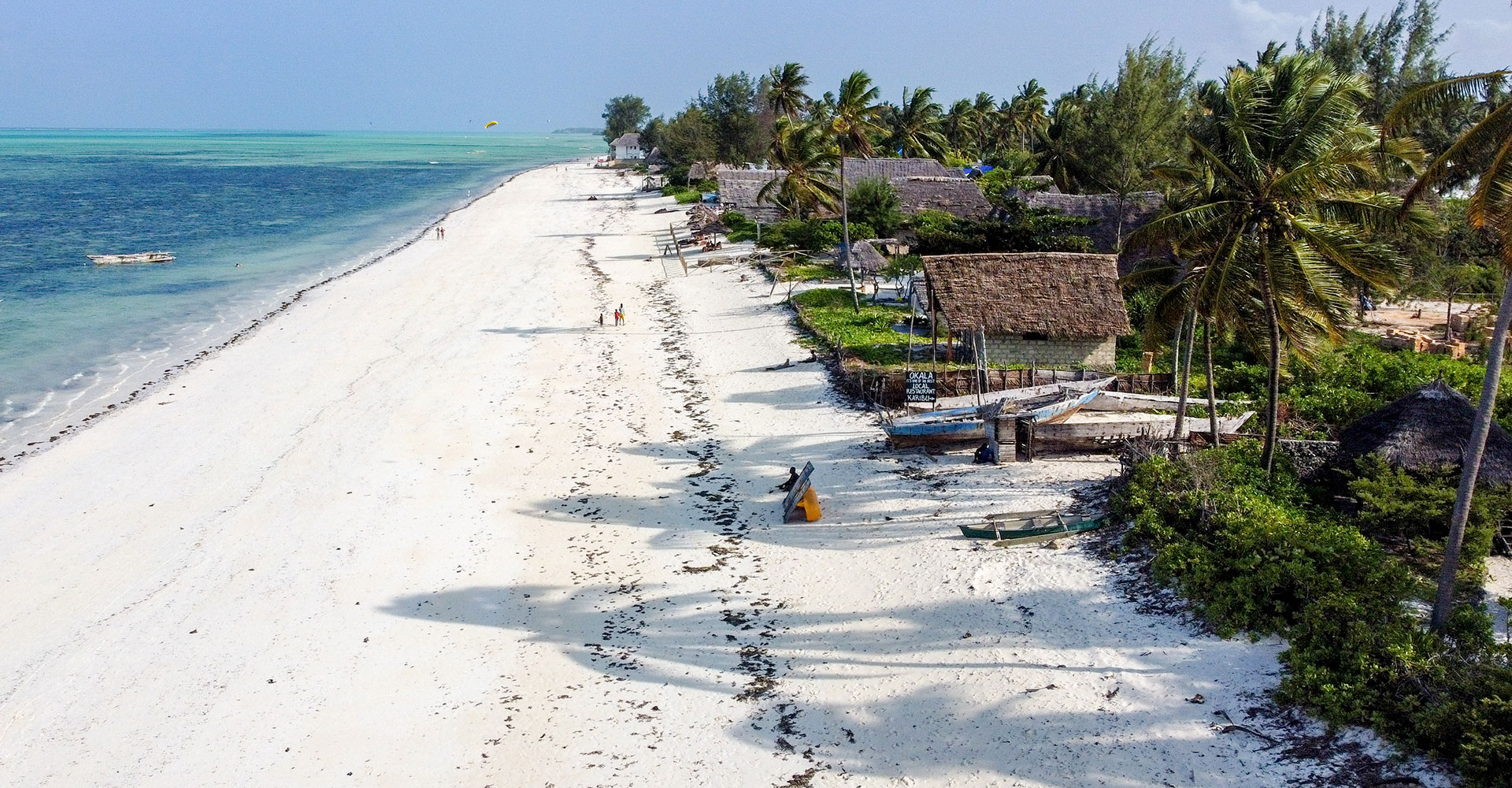
We’ve been organizing special adventure tours for ten years, and although we’ve had our fair share of suffering throughout last year, one of our most exciting programs has come together thanks to the pandemic. By the end of 2020 a lot of people had enough of sitting inside four walls, and at the same time, some countries decided that their revenue from tourism is more important than the prevention of overloading their health care system (which is by no means particularly stable in these countries anyway.) We were also more than ready for some adventure, and been looking for a destination where we could leave the European winter behind and travel to summer for a long time, since our Himalayan and Mongolian tours can only be done in Summer. That’s how we chose Tanzania, East Africa’s biggest country, that has a thousand more faces than just the white sandy beaches of Zanzibar. The very first tour to a destination, despite careful organization and best intentions, always tends to result in unexpected twists and unpredictable situations, but this is exactly what many, apart from the adventurous programs, want. The 13-member pioneer team consisted of three Poles and ten Hungarians.
We took a plane in Vienna to the Kilimanjaro International Airport in Arusha, with a transfer in Addis Ababa. After a good 16-hour flight we arrived at our base, a 13-acre private complex of Bauhaus-style buildings built by the Germans in the late 1930s. Due to the altitude of more than 1000 meters above sea level, the lush vegetation is not only home to exotic local birds, but a fair number of black and white colobus monkeys can also be observed from the back garden.
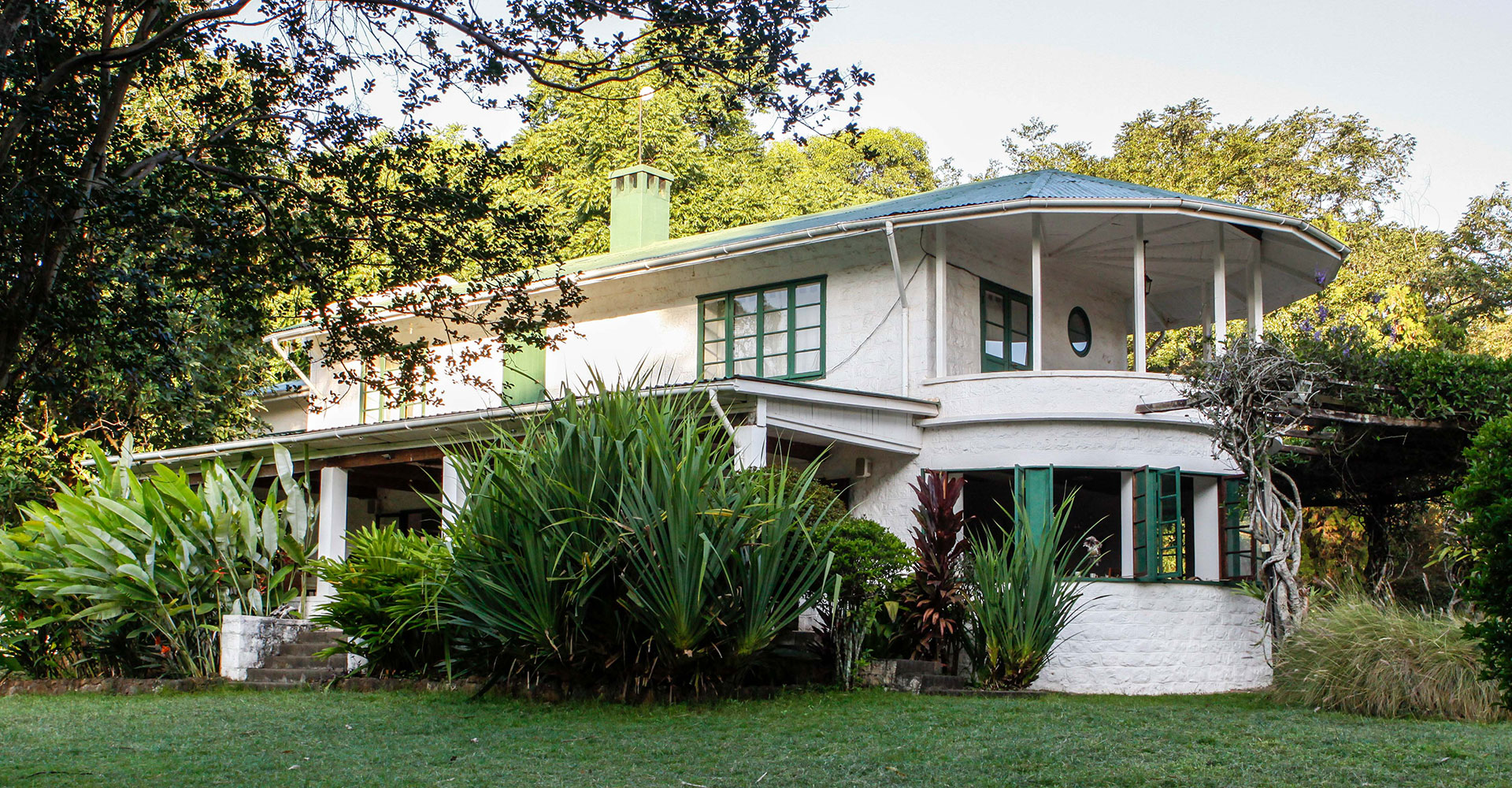
Moving to a time zone two hours ahead of our domestic time didn’t leave a mark on the company. We had a hard time figuring out why it is already dark in 30 degrees heat though, as we are all used to associating short days with cold weather (this caused some excitement later on). Due to the proximity of the Equator, the days consist of exactly 12 hours of daylight throughout the year, the sun rising at 6:30 and setting at 18:30. In addition, due to the tropical climate, the weather is constantly pleasant, sometimes even a little too hot.
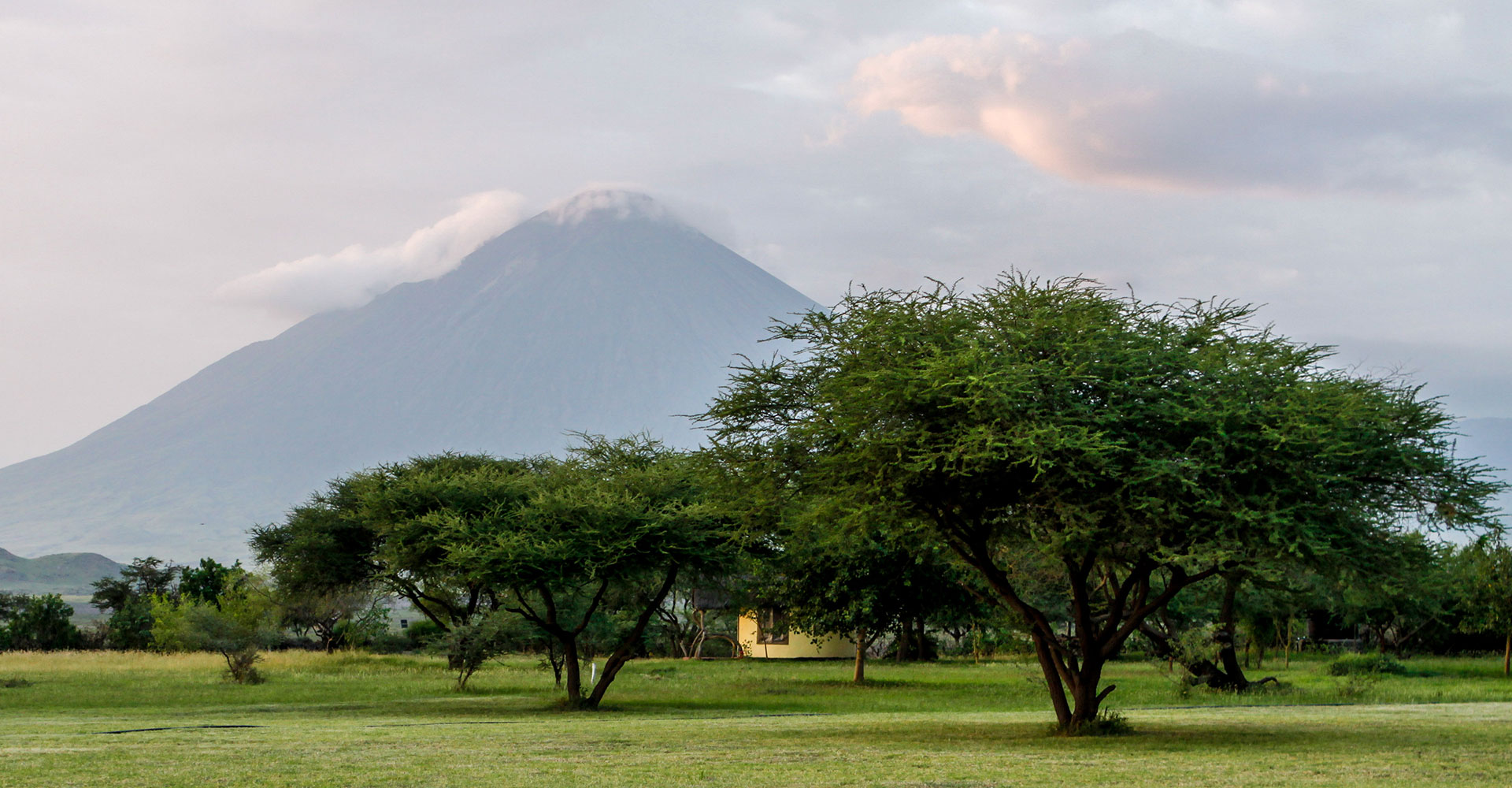
The essential to do for the first day was to pick up the rental motorcycles and practice a bit off road. The fleet consisted of 8 new Honda CRF 250 Ls, 4 older XLs and a particularly tight Husqvarna. On the way home, we visited a coffee plantation, where we roamed the hundred-acre area to learn quite a lot about growing Arabica coffee and then finished with an espresso made from freshly roasted coffee.

The off road adventure started the next day with four local guides, a backup/service van and 13 super excited riders. Starting east off the foot of Mount Meru, we passed Kilimanjaro, riding for a total of nearly 1,000 kilometers, mostly on gravelly, sandy, loose ground. Shortly after departure, we were already riding in the dust as the designated direction led through unpaved small villages hidden among banana trees. A few hours later we had lunch at the Chemka thermal spring, which is pretty much an oasis. The water temperature is 25-27 degrees and the natural pool, which is filled by a stream, comes together as a thermal beach in the wilderness, surrounded by huge trees and a “spa” that also includes a skin-removing “pedicure treatment” by the local fish.
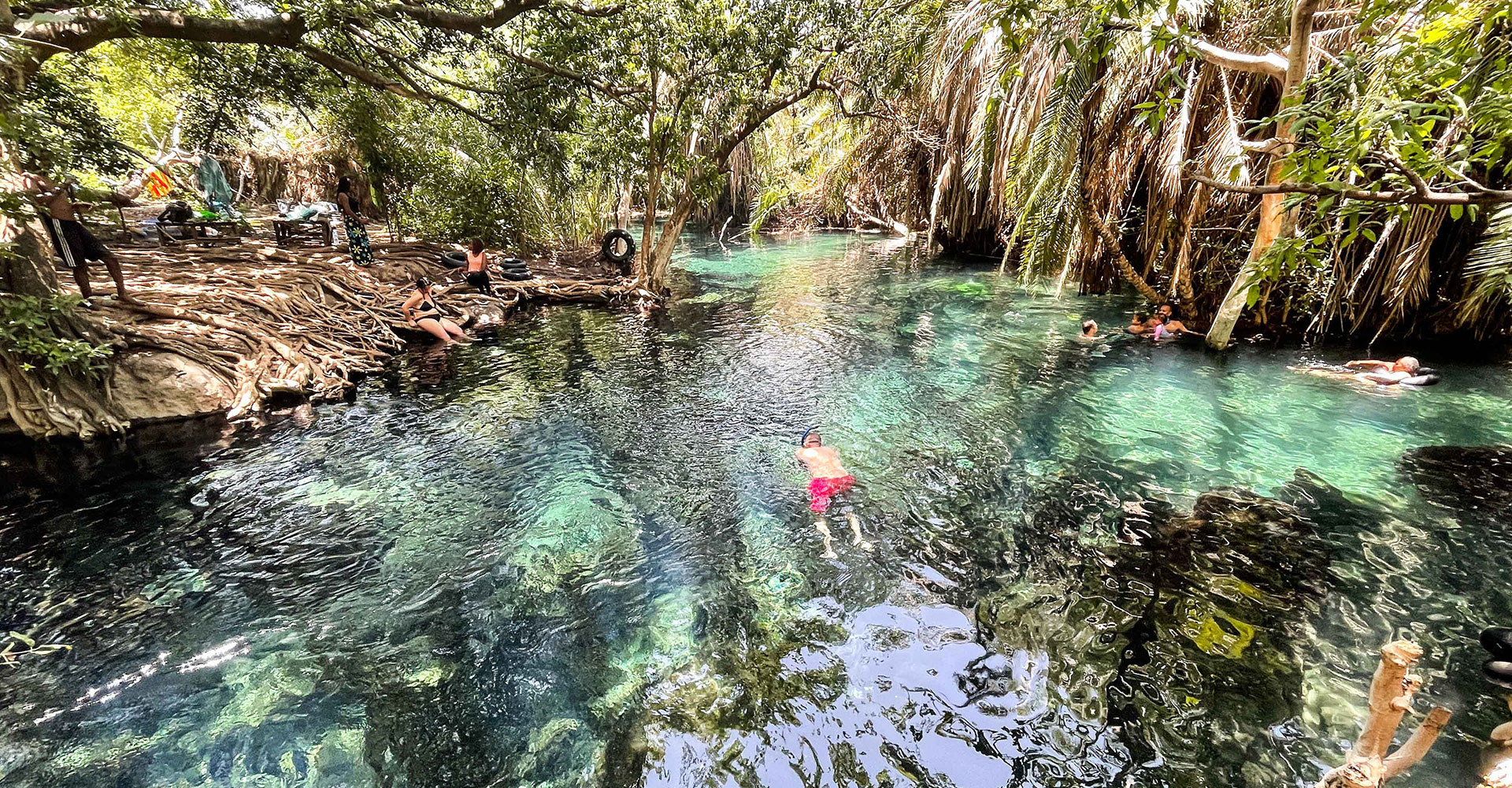
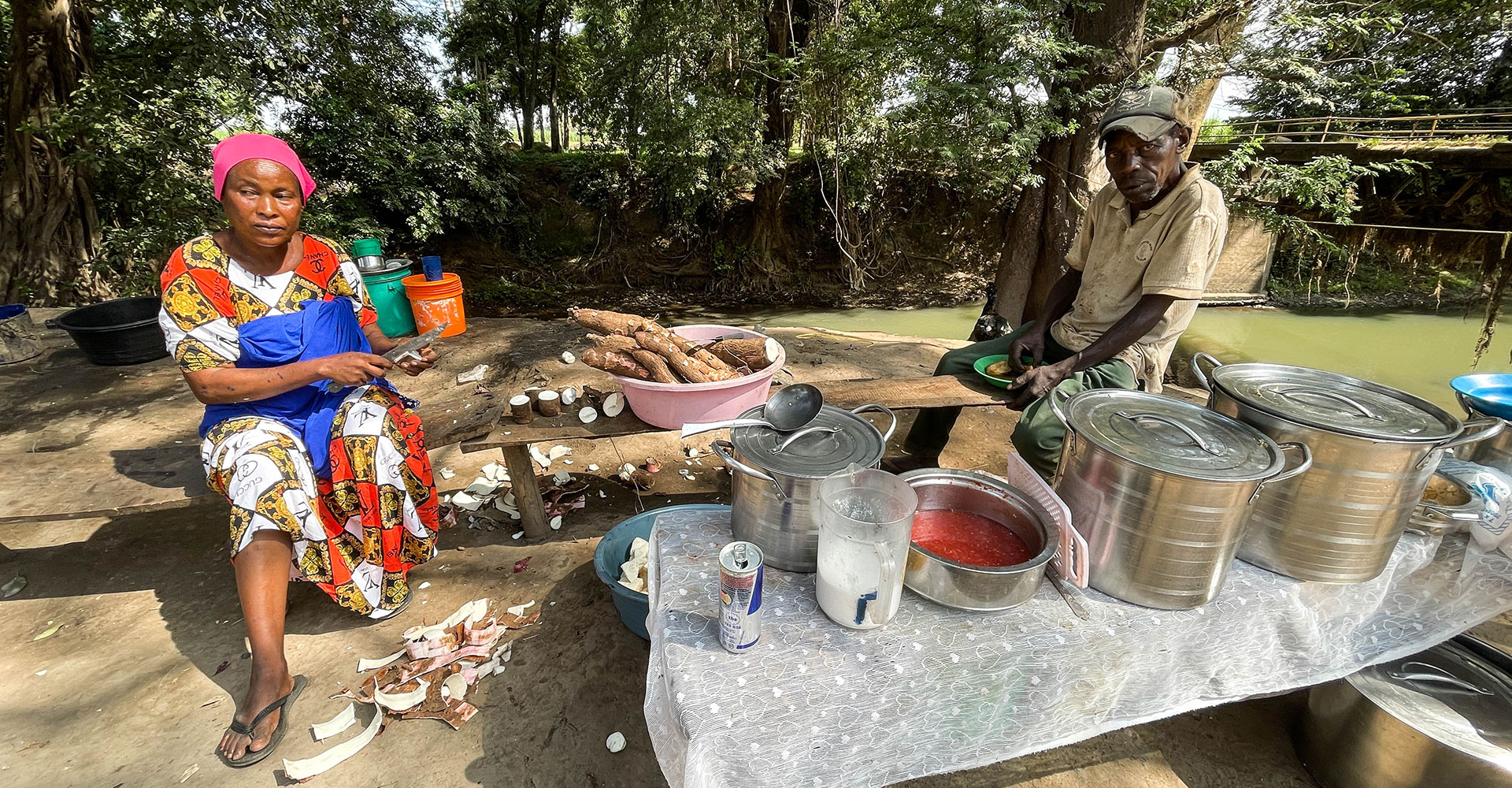
Getting back to our gear full of dirt, we continued the ride up to our accommodation for that night, which was standing right next to the Chala lake on the Kenyan border. The crater lake is about 90 meters deep and is filled exclusively by groundwater that comes from rainfall in deciduous forests covering the side of Kilimanjaro at an altitude of 2-3,000 meters above sea level. Rainwater seeps through volcanic rock layers in three months time and flows into the lake, making its water crystal clear and free of all kinds of parasites (everyone has heard horror stories about this) that occurs in most African freshwaters. Bathing in this lake is also prohibited under the Tanzanian government’s regulation. This way they are trying to prevent people, who cannot swim, from drowning in the freshwater. We have been reassured that we can jump into the water at our own risk, but we should not share this on social media if possible.
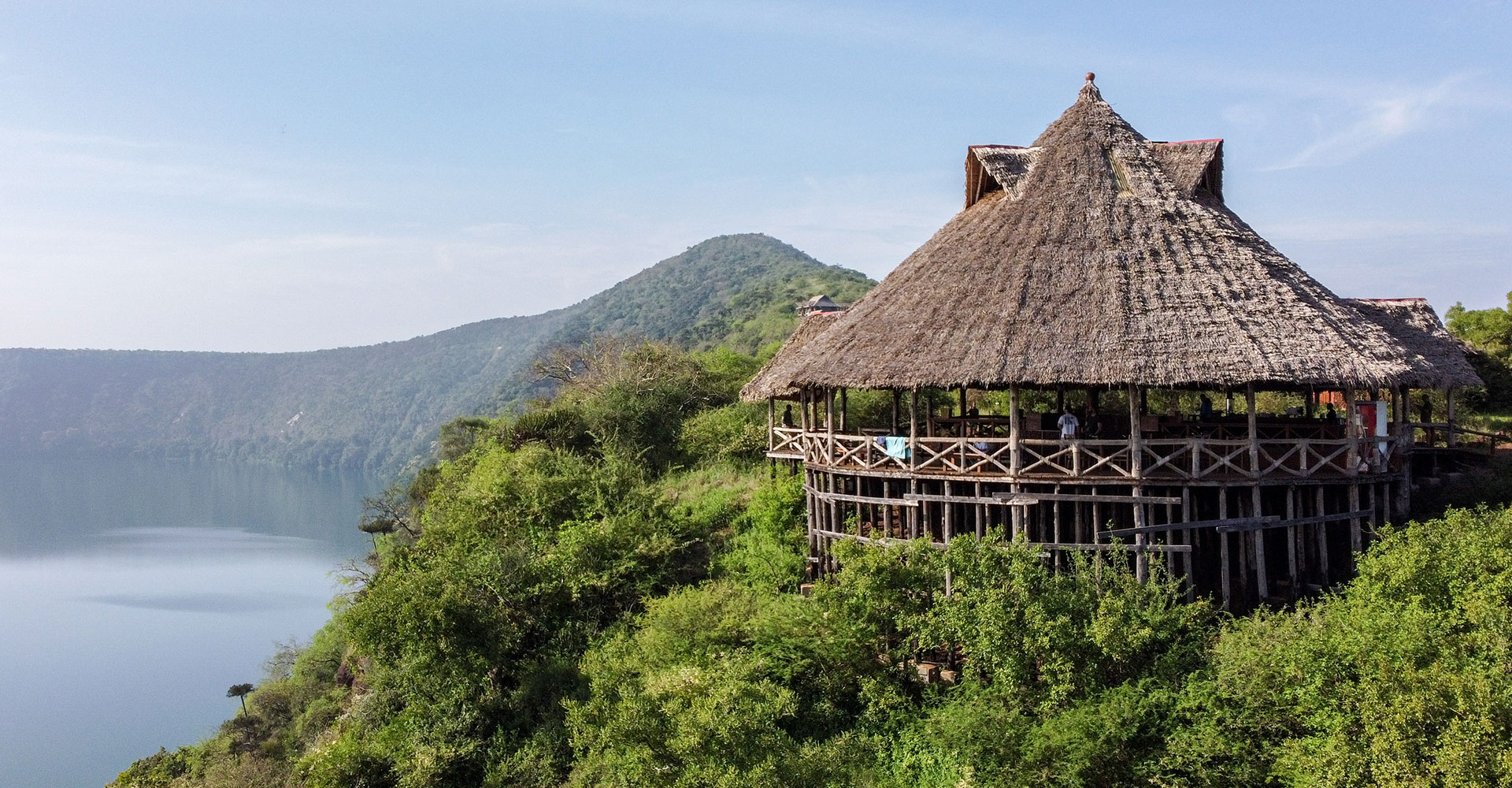
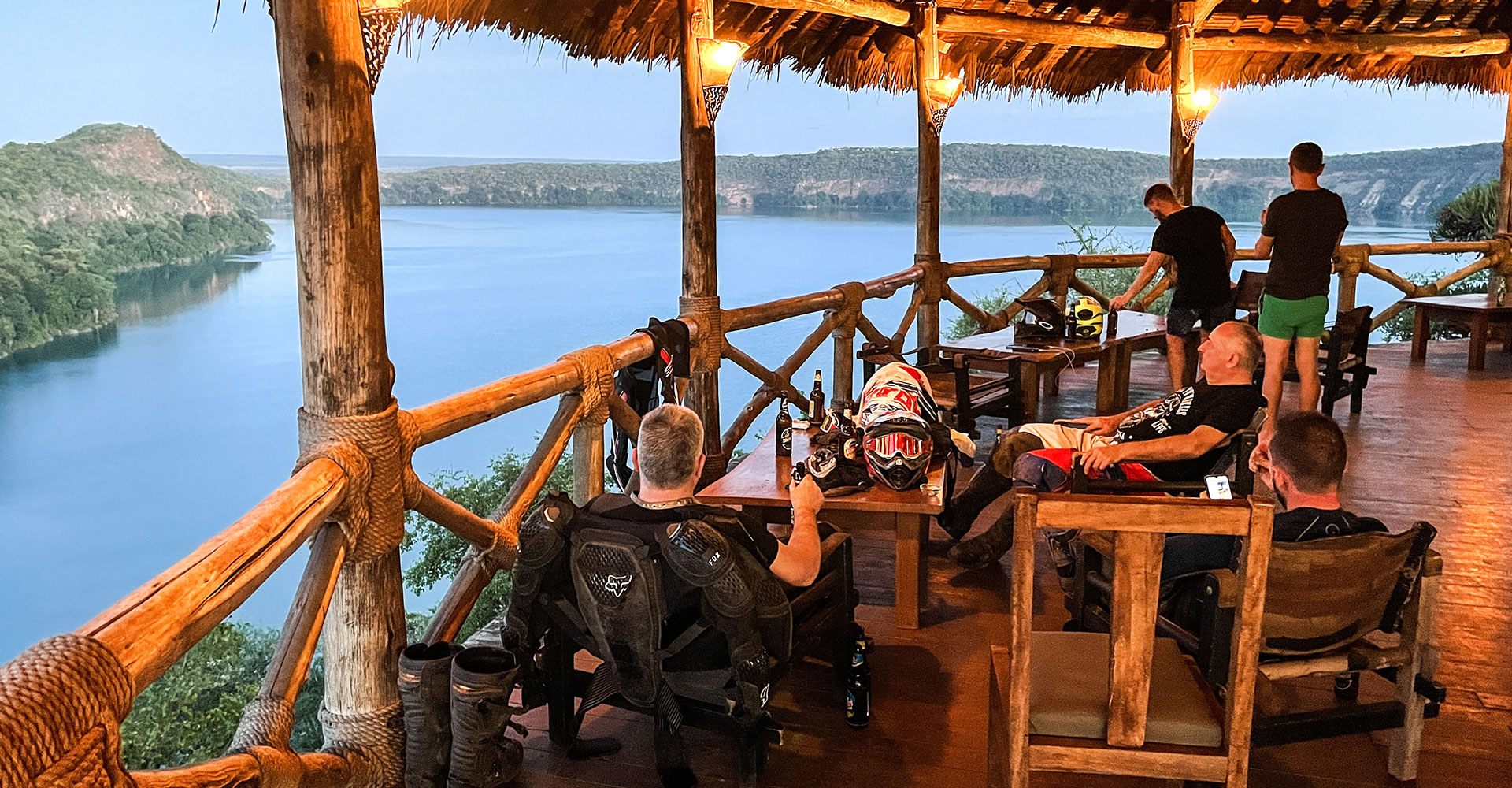
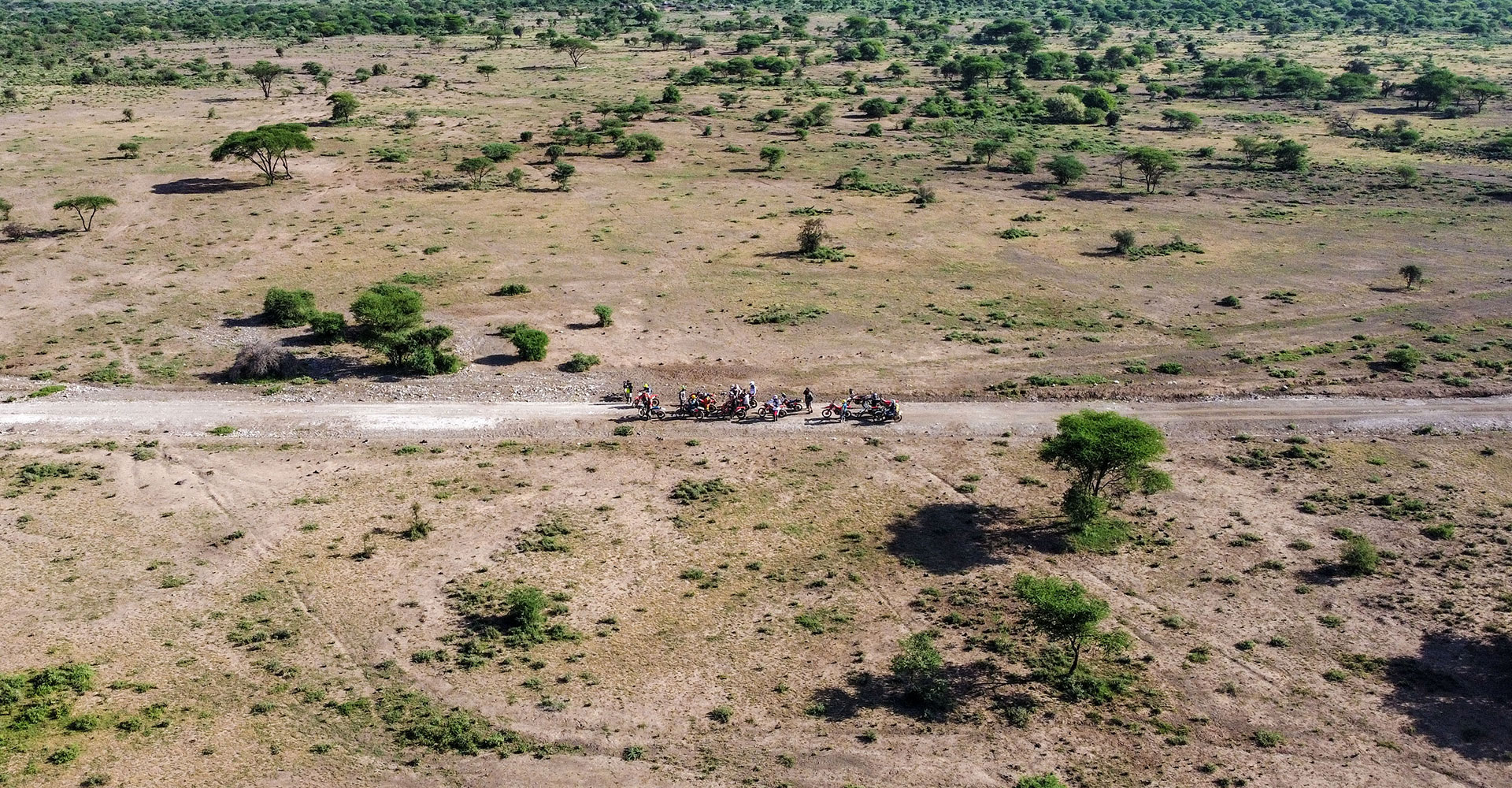
We continued riding around the mountain the next day, passing the Kilimanjaro National Park. Not far from the entrance to the park, a local guy showed us a 75-meter-high waterfall in his tribe’s area, fed by rainfall from higher areas of the mountain. You can get so close to the waterfall that it falls basically from twenty stories high on your shoulders. The water fun was again followed by getting dressed and a longer ride along the winding roads on the side of the mountain. The early sunset caused some difficulties here for the first time. Our accommodation was still a good half hour riding away, when darkness fell upon us in the middle of the savannah. Deviating from the previous gravel road, we had larger stones and loose sand under the wheels, while half the team tried to illuminate the right direction for those whose lights did not work. No welcome drink has ever been that welcome as when we arrived at our accommodation. It was a clear sign of the team’s experience that no accidents happened at this stage either.
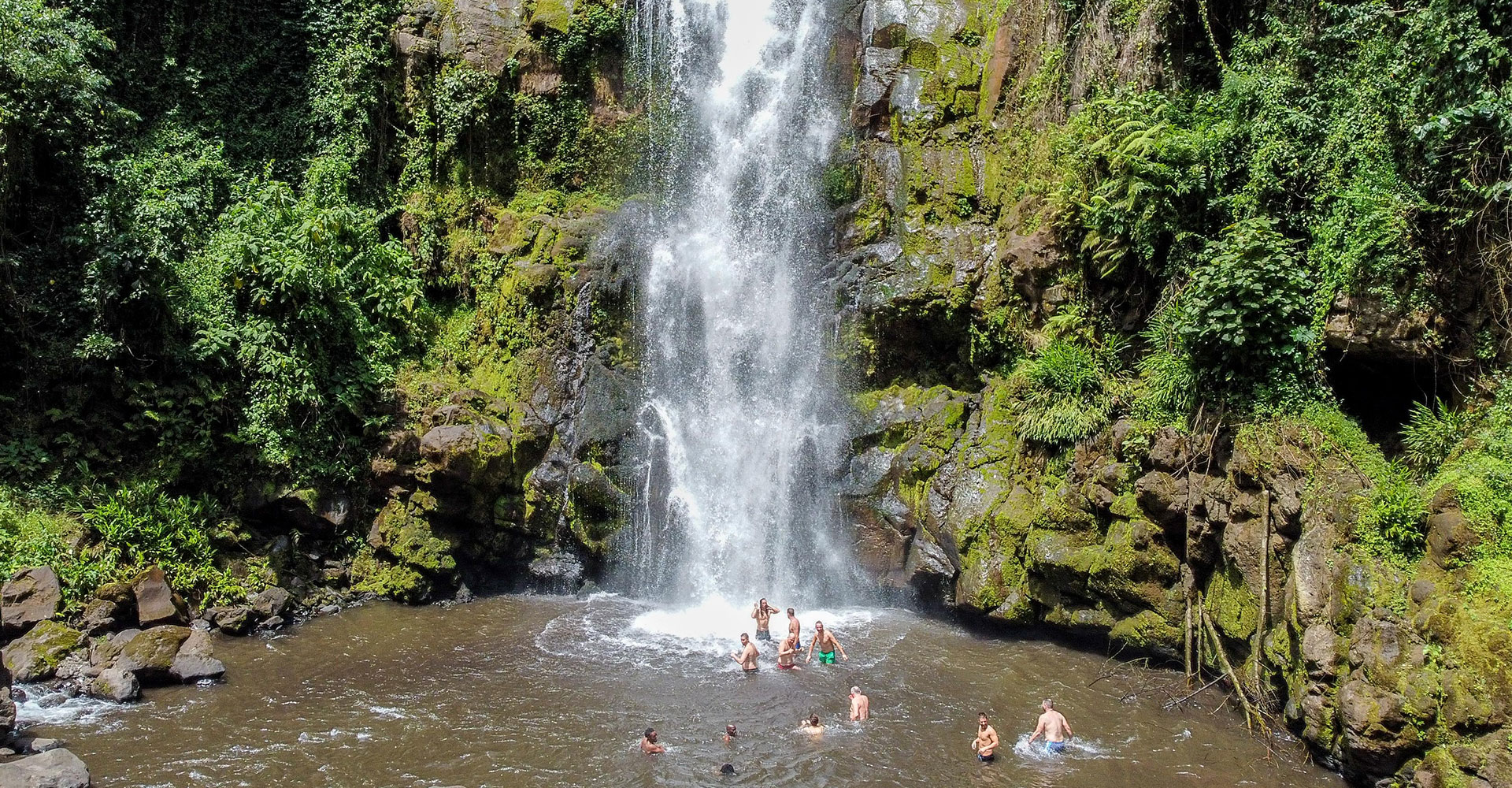
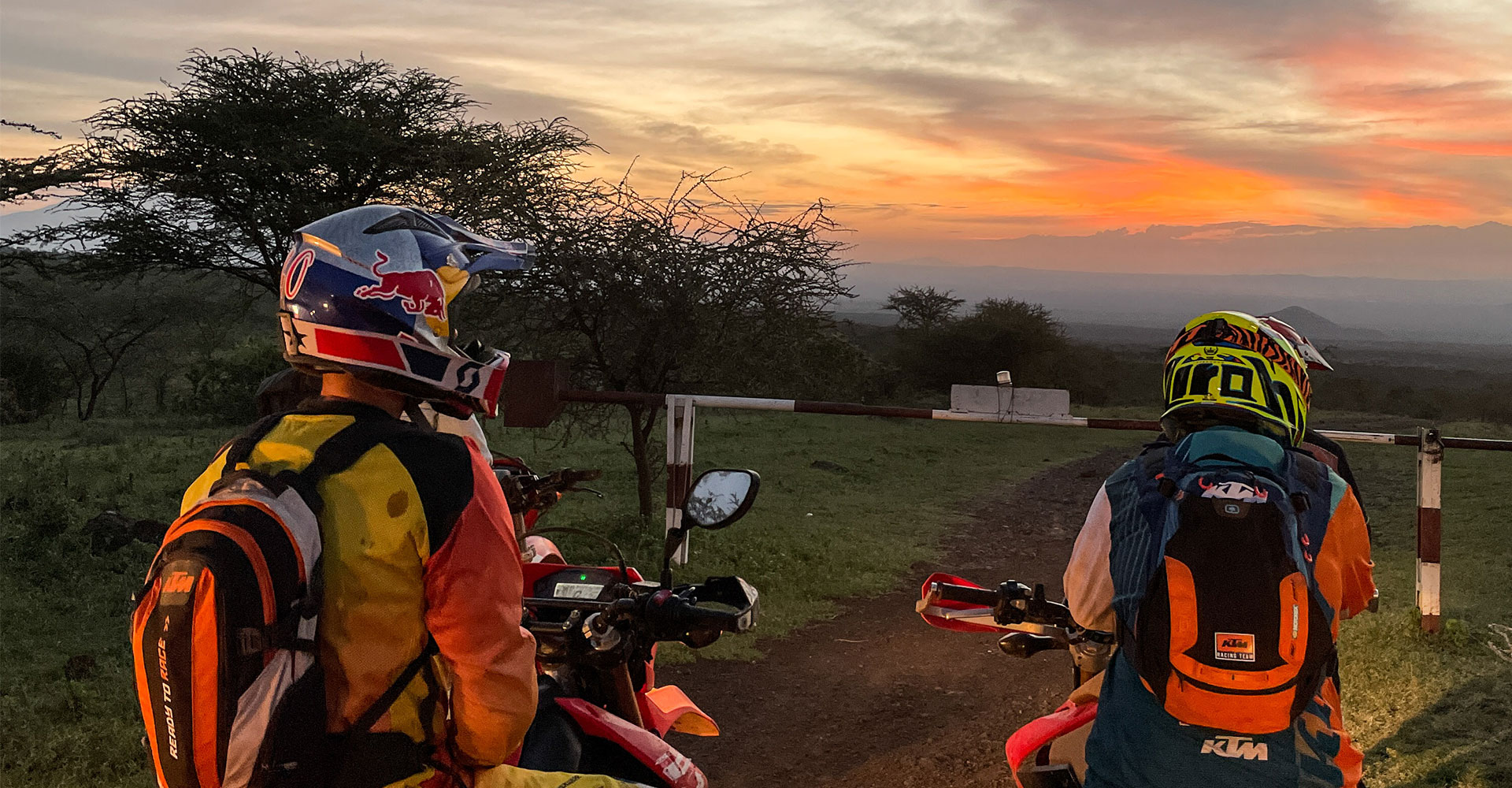
The next sunrise came with a morning choir, as millions of wild bees were collecting nectar from the blooming acacia trees. We took a slow start on the 200km ride planned for the third riding day, as we stopped every now and then to marvel at the local wilderness. Wild giraffes, zebras, wildebeest, antelopes and gazelles were ‘slowing’ us down. In addition, our guides heard that there were elephants nearby, so it took us an extra hour to look for them with the help of a local ranger. We left the beaten path many times and rode across the open savannah, enjoying our little Honda Enduro’s abilities. Sometimes zebras were running right in front of us, other times we had to look out for the herds of local shepherds, then we got into thick woods in a matter of minutes from an open meadow, until we found the elephants at the end. It was an amazing experience.
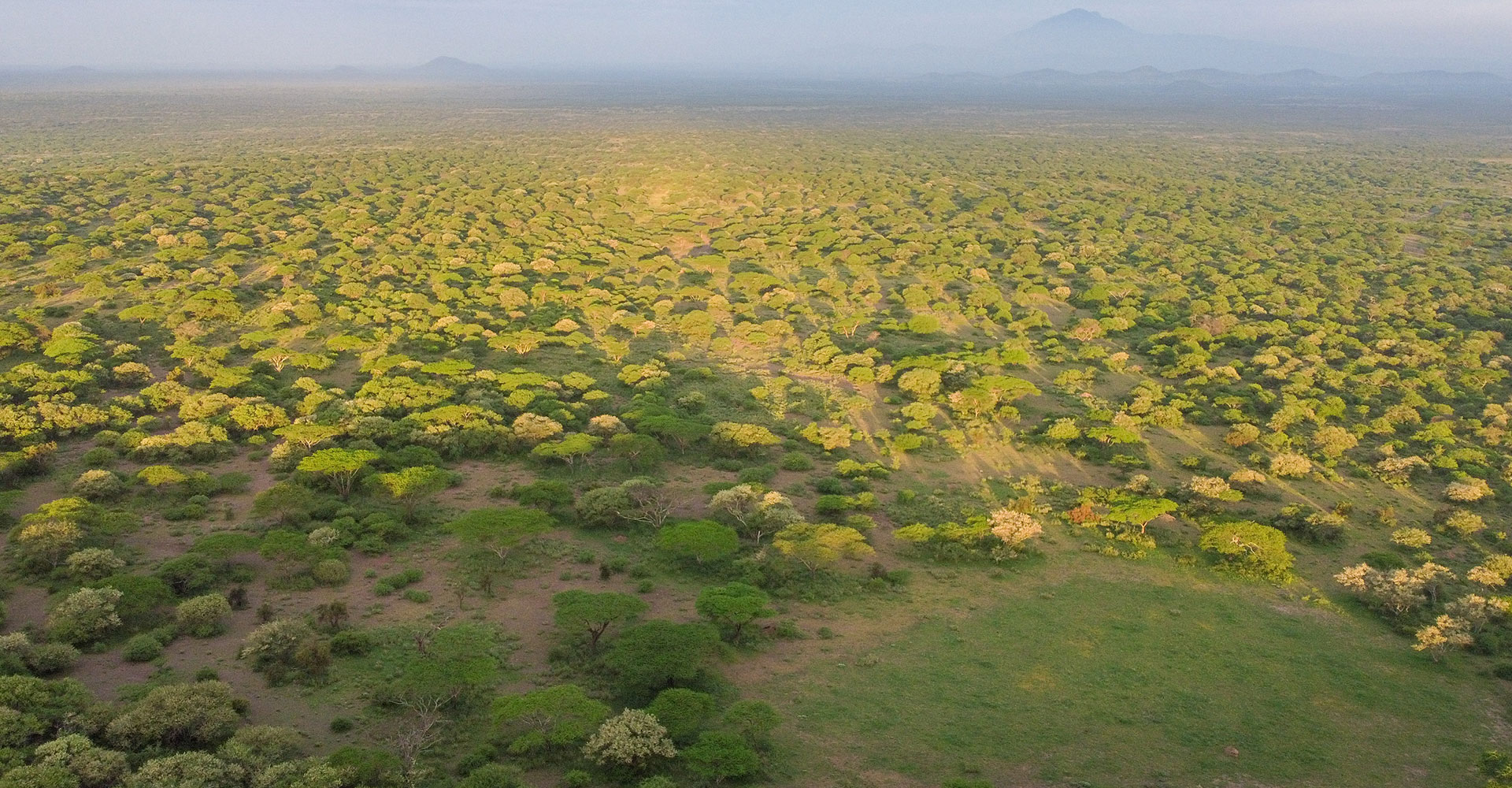

Then we had an endless ride in order to keep up with the track planned for that day. After lunch, we gave away all the gifts we brought from home in the local school, as a kind of charity donation. Toys, used children’s clothes in good condition, office supplies, colored pencils, pens, rulers, simple calculators, booklets, etc. The children’s initial confusion and bewilderment soon turned into a cheerful chaos, the principal even had to make order by occasionally waving his wand. Everyone got something in the end, no one was left without a gift.
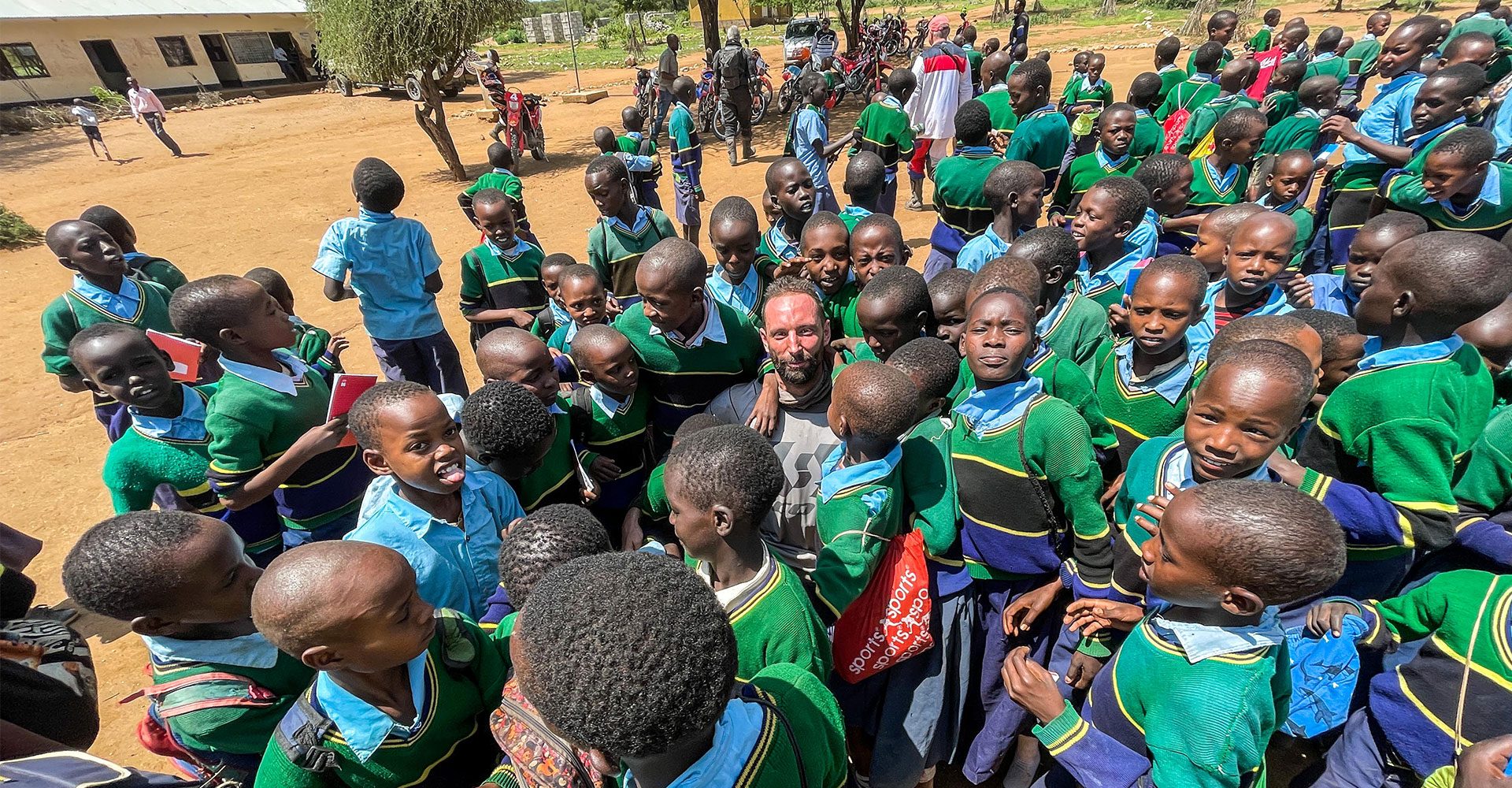

We had a more technical ride in the afternoon, as we had to balance our motorcycles on a road full of fine dust and volcanic ash. Two minor falls indicated that it was good to have some off-road experience to ride on this track, but luckily no serious injuries happened. We spent the night near the sacred mountain of the Maasai, Ol Doinyo Lengai, next to Lake Sodron, famous for its millions of flamingos and reddish waters.
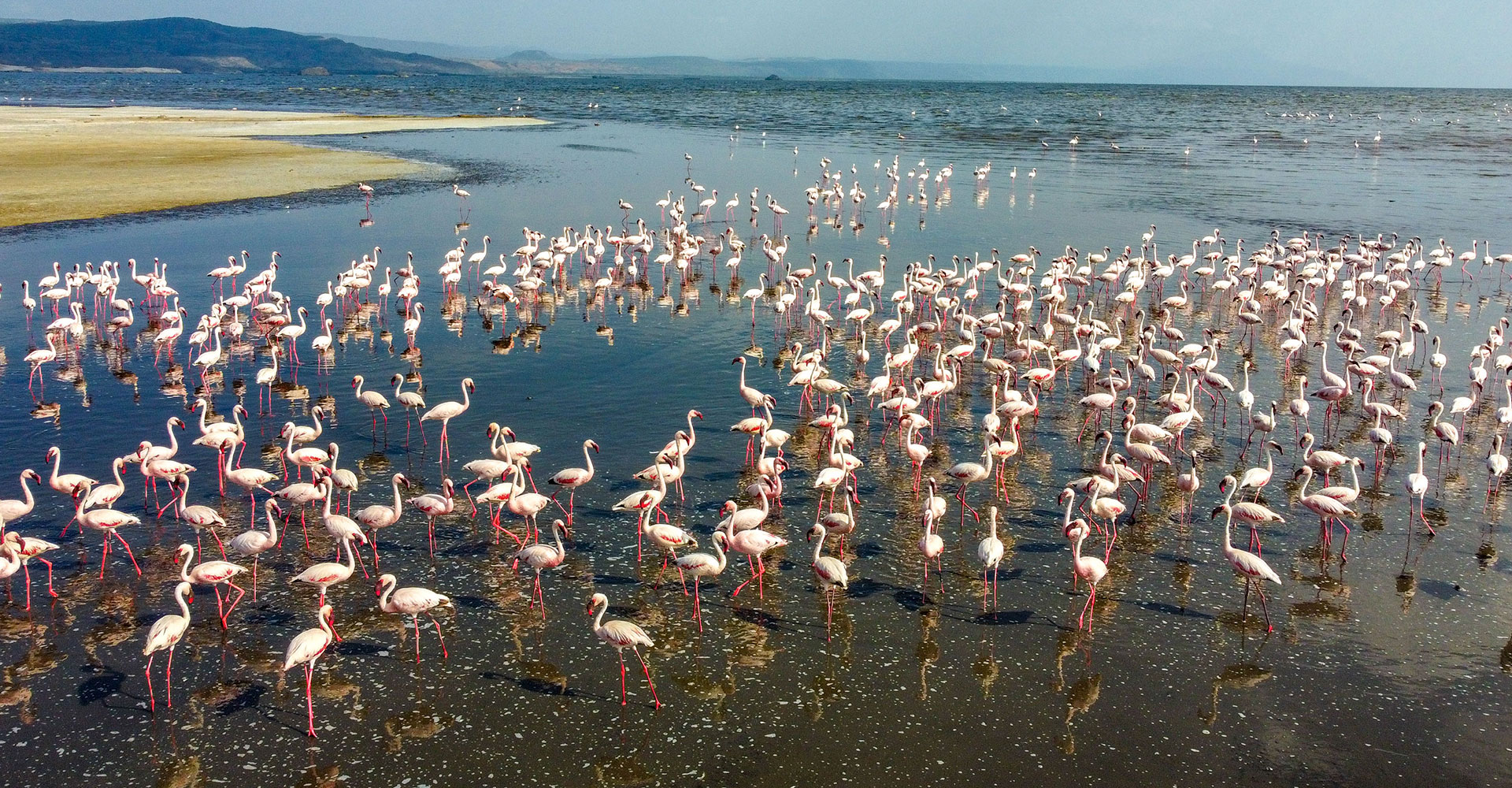
We were already on the land of the Maasai, not far from Kilimanjaro. To this day, these nomadic people live mainly from breeding livestock and have a free passage across Tanzania’s common border sections with Kenya and Uganda. If your earlobe is pierced (but for real, like the earlobes of hipsters), then you’re free to go, because then you are most probably a Maasai. Many Maasai women supplement their livestock breeding income by selling souvenirs with an incredibly efficient routine. They can set up a spot to sell their crafts in two minutes, even in a temporarily dried out lake bed. There is a good chance everything they sell is handmade, unlike those stuff on the maasai market in Arusha, a few hundred miles away. One of the participants managed to haggle a bargain for a traditional shepherd’s crook, and the owner sold it to him at the end. A real souvenir!
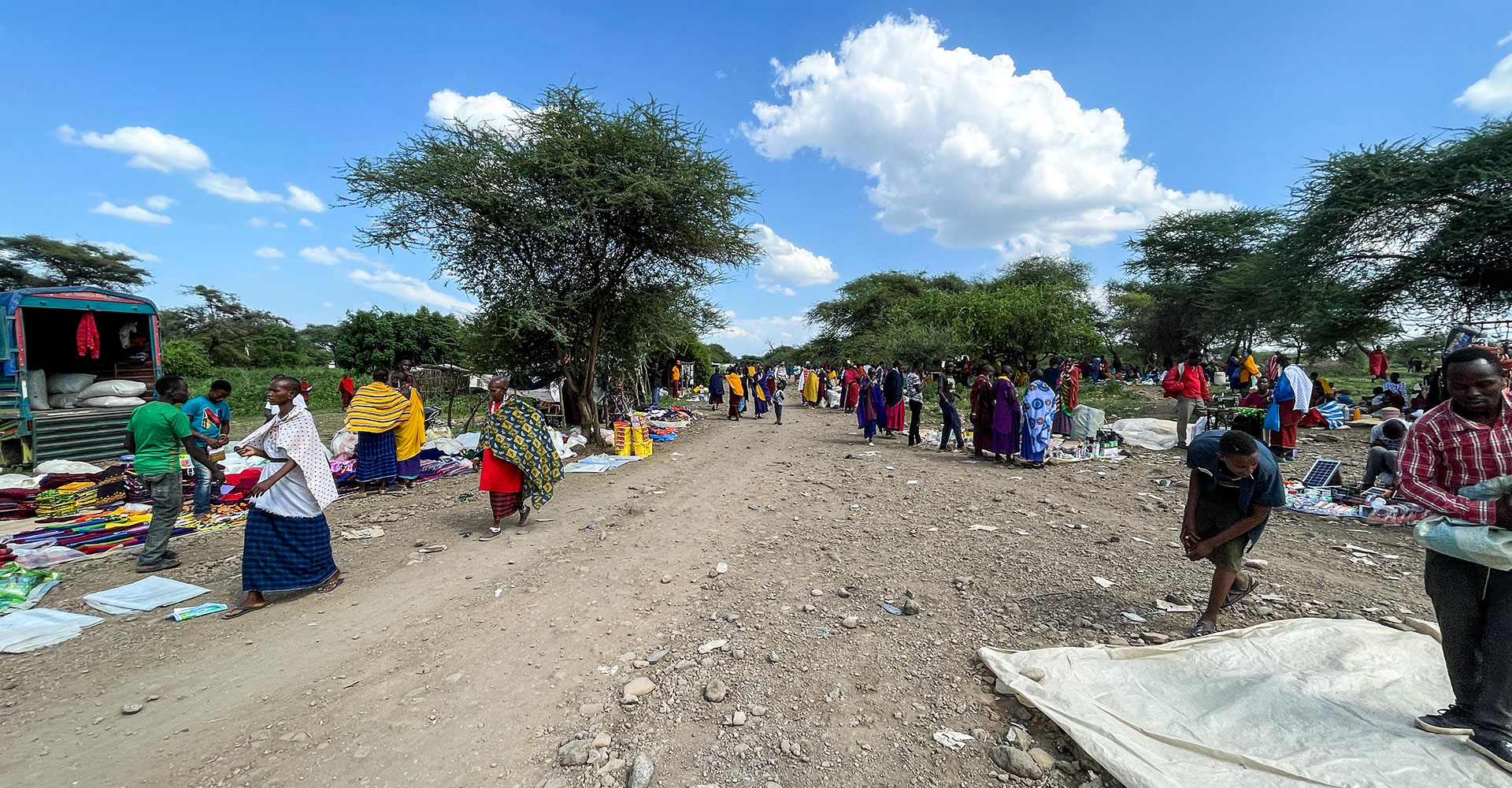
We weren’t resting for long, as our tight schedule did not allow many lazy hours. We rode off quite early, and three hours later we were already descending to the largest caldera in the world on classic folding roof safari Land Cruisers. The Ngorongoro crater is one of the best spots in the world if you want to see those animals that everyone thinks of when it comes to Africa. There are lions, leopards, buffaloes, elephants, rhinos, hippos, all kinds of other herbivores (zebra, wildebeest, gazelle, antelope), hyena, ostrich, service cat, pelican, flamingo, etc. In total, more than 250,000 large mammals and more than 400 species of birds live in this area, about the size of half Budapest. The rim of the crater rises 600 meters above the inner plain and its wall is too steep, leaving the giraffes unable to descend with their long legs. Returning to our headquarters, we had to pack because the next day the much easier and more relaxing part of the journey began in Zanzibar.
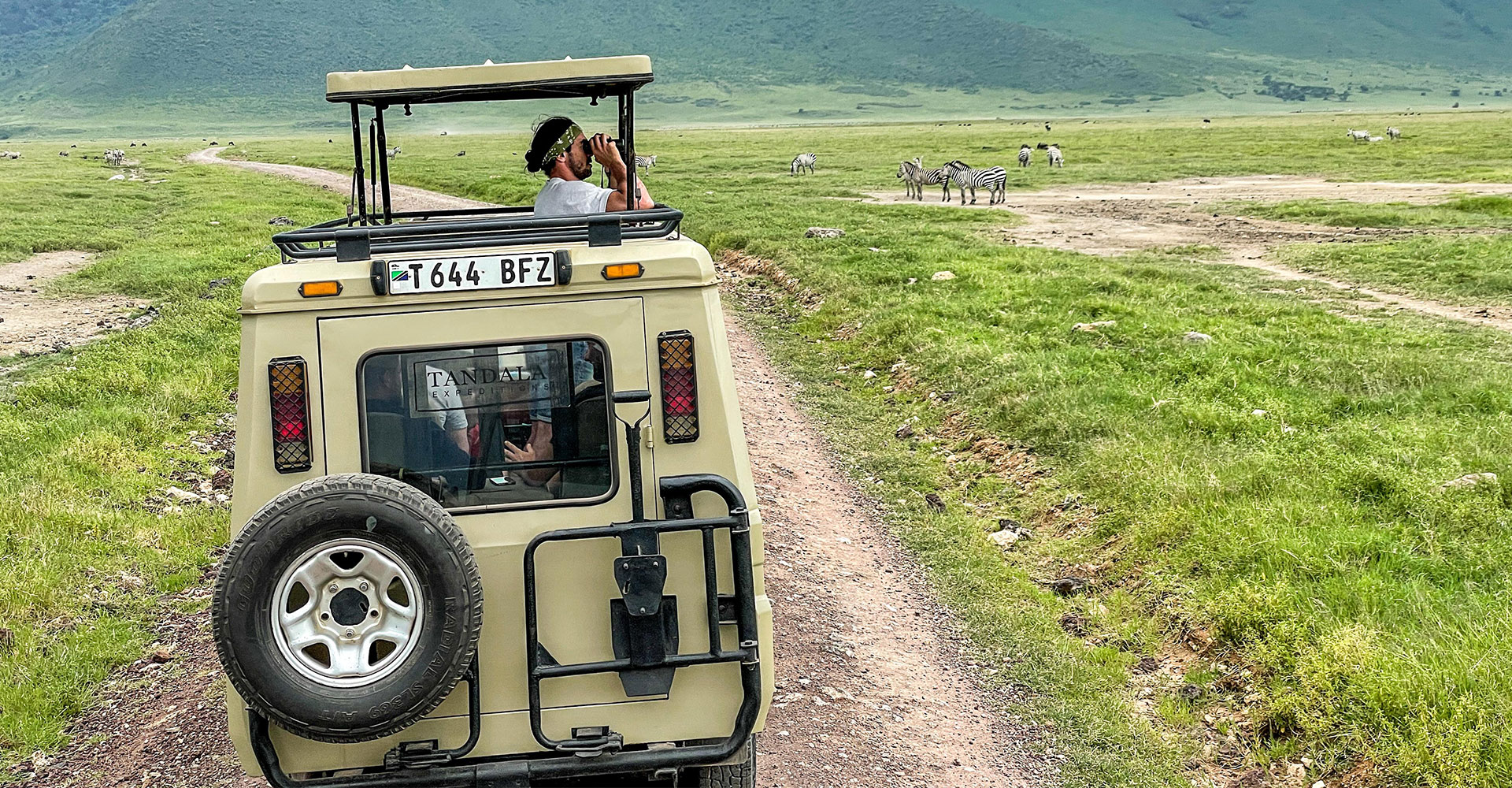

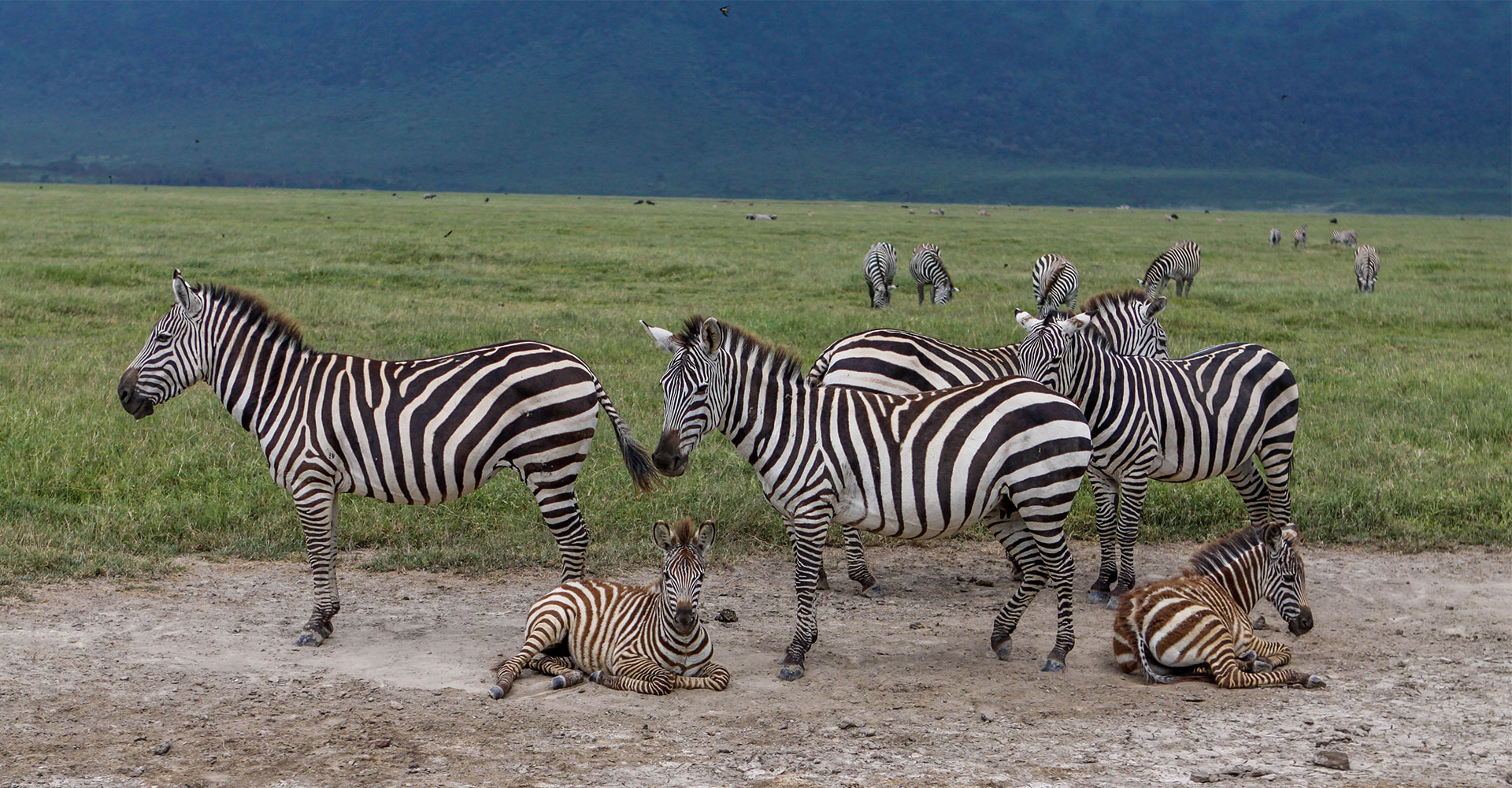
The nearly 1,000 kilometers ridden and the four-day-long continuous off-road riding left their mark on the group, so the last days were mainly spent lying on the white sandy beach, partying in the evening and chilling. The hard core riders also discovered the island in the saddle of a series of Royal Enfields and vintage BMWs. Our local guides took us to some more secluded beaches and small coves in the southern tip of the island, away from the tourist hustle of the northern region.
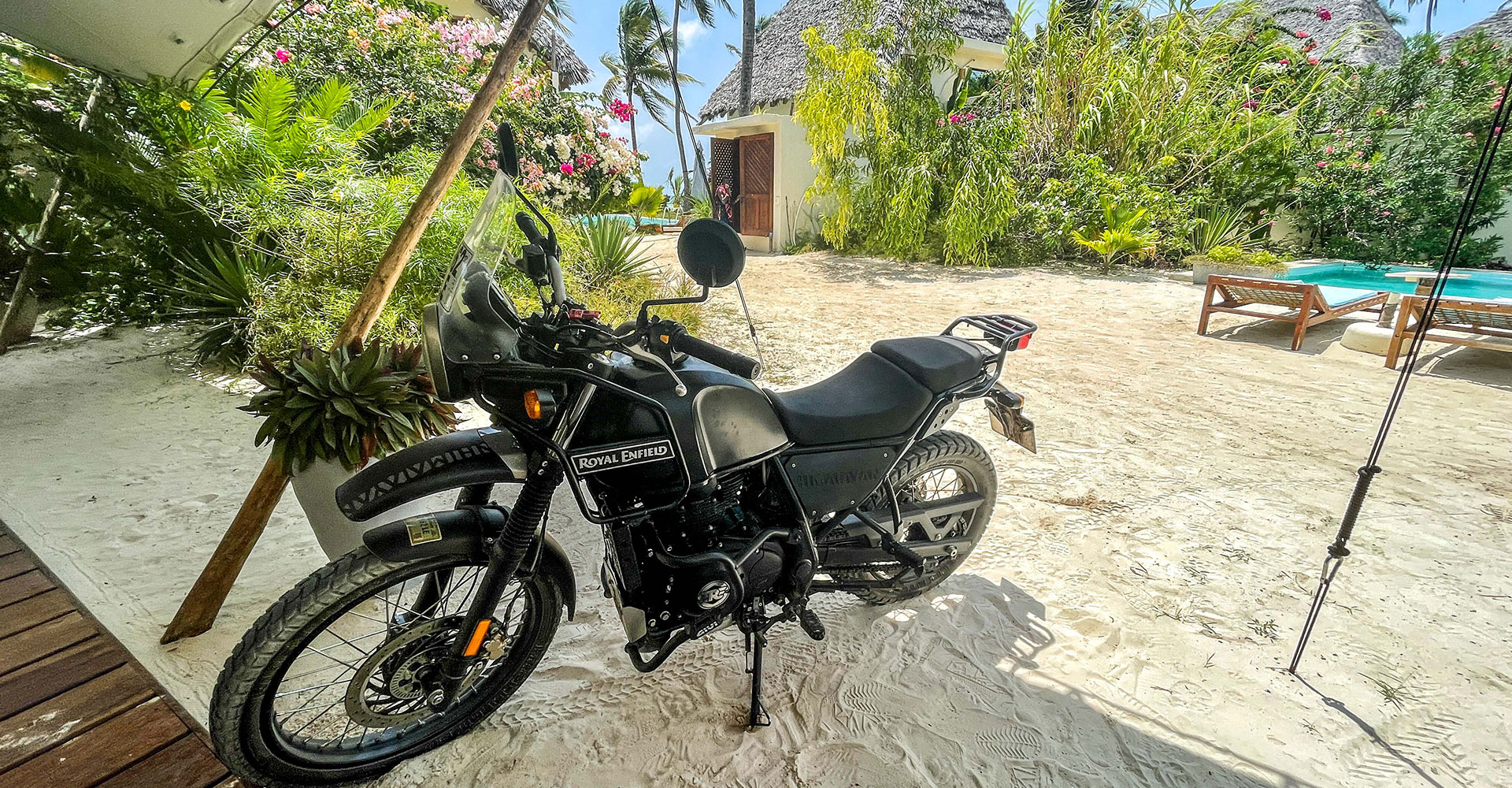
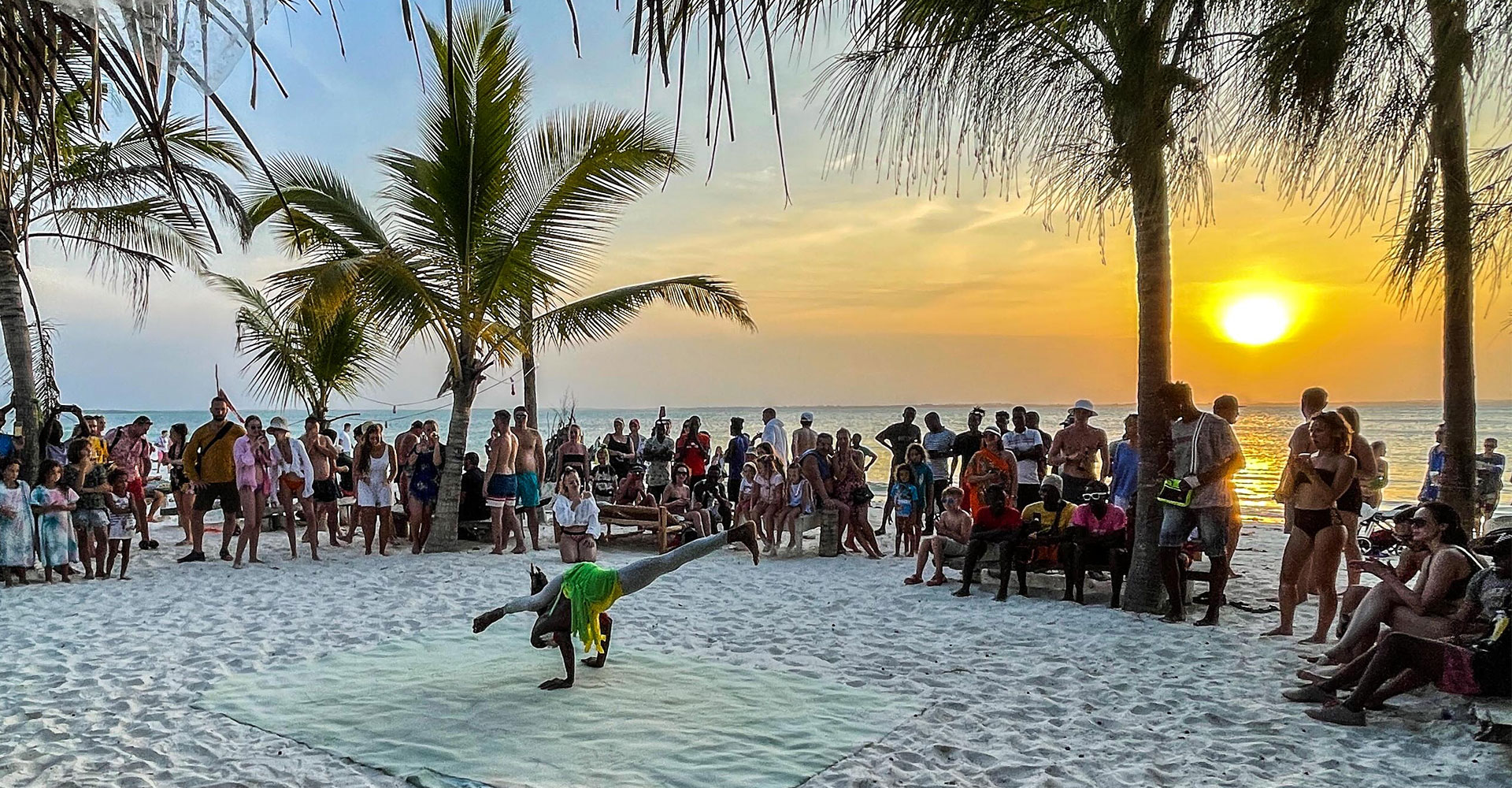
Those who were riding around the island finally caught up with some chilling time, when we sailed off together to explore the myriad of smaller sand dunes and reefs around the main island, Unguja with our own catamaran. The catamaran came with its own captain and crew. We had an opportunity to snorkel, we were served cold beer on a sand bench only accessible at low tide, meanwhile the wind was blowing in our faces and we were just amazed at the color of the ocean. It was our unanimous opinion that this road trip was complete like this and it would be really hard to put together a more eventful and adventurous program. The last day was topped by a multi-course seafood dinner at a beach restaurant.

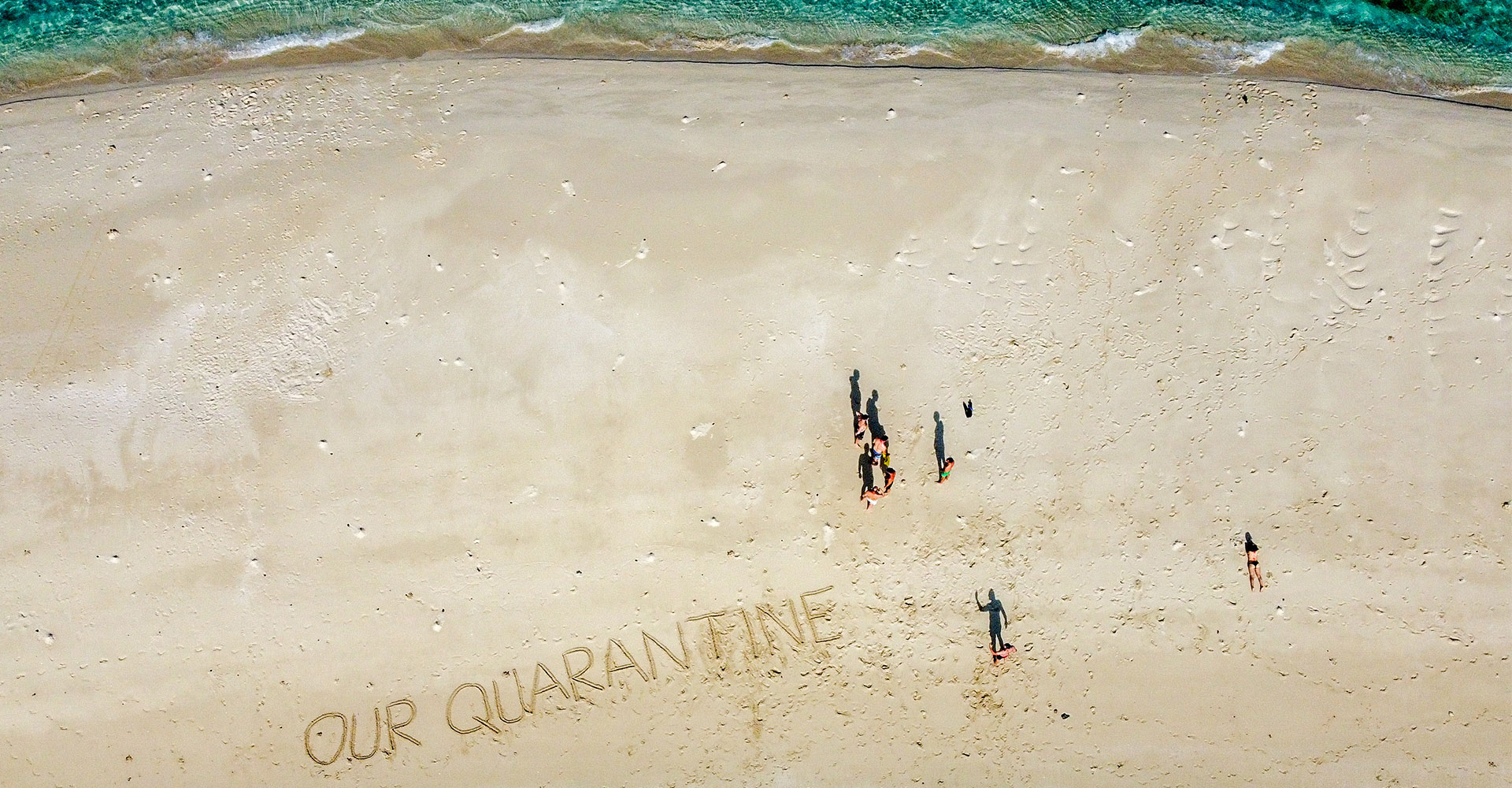
On the morning of our departure, we could already feel that heavy humidity in the air that was a clear sign of the upcoming rainy season. The prospect of month-long rainfalls might have made it a little easier to accept the fact that it was time to go home. Summing up our experiences at home, we decided to add two extra days to the itinerary and return to Tanzania from 21 November to 4 December 2021.
